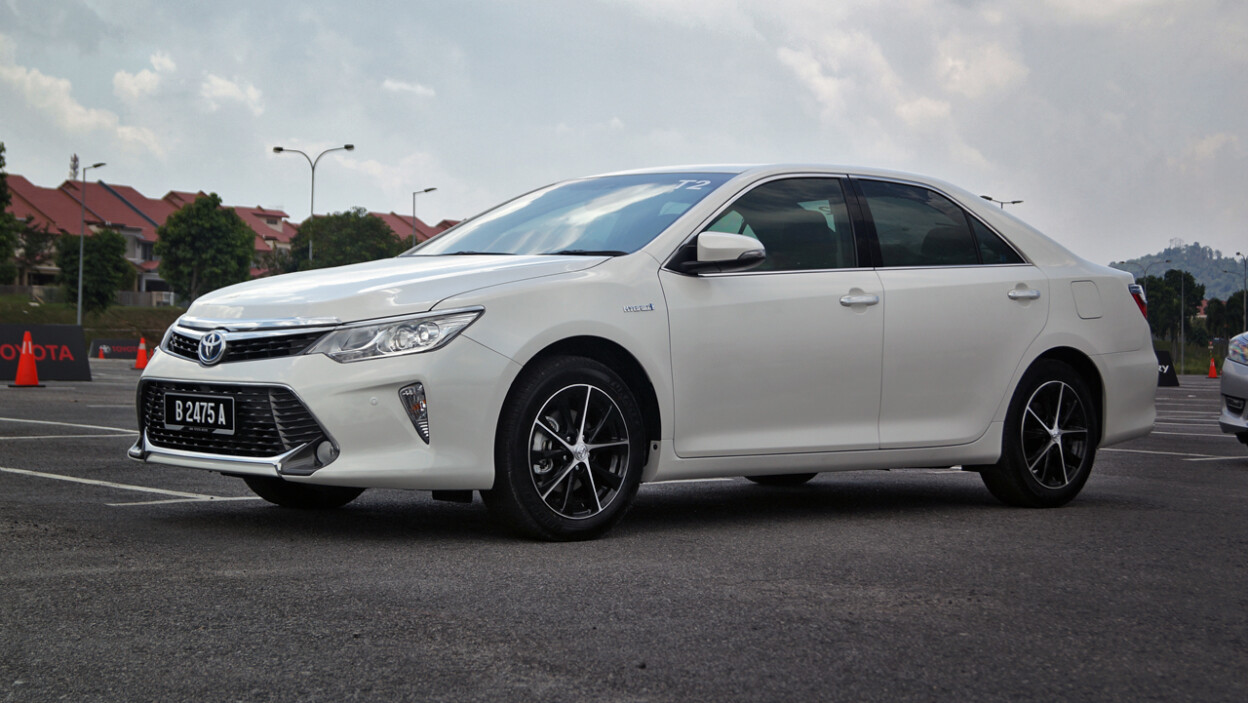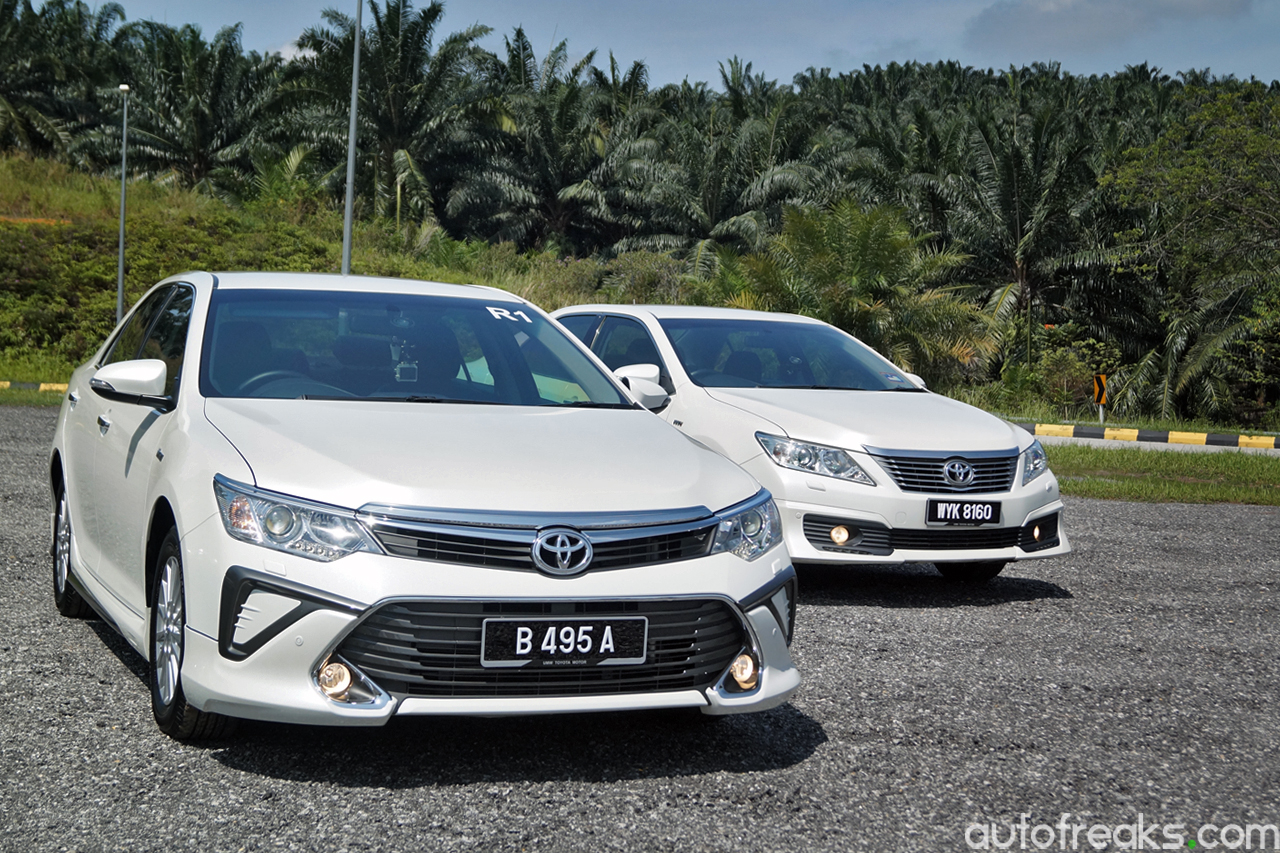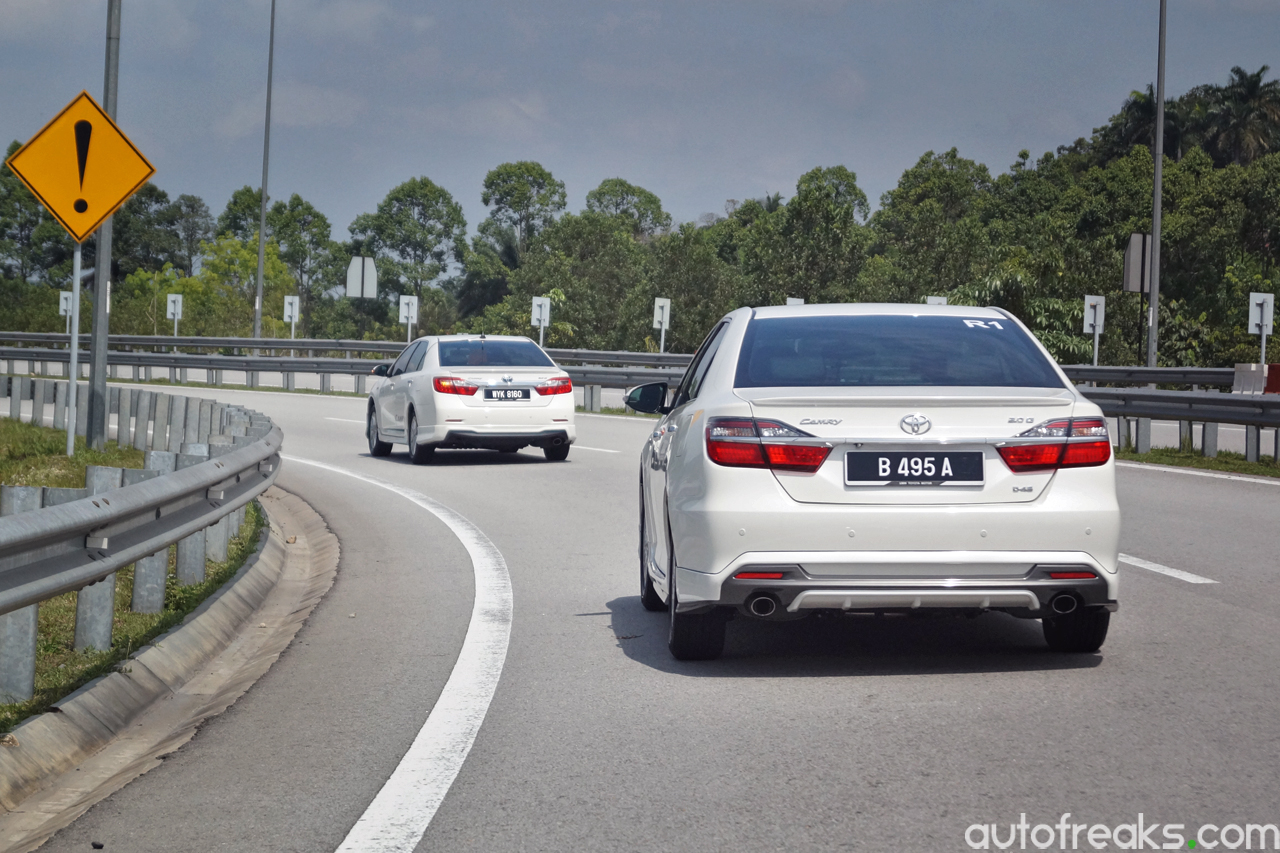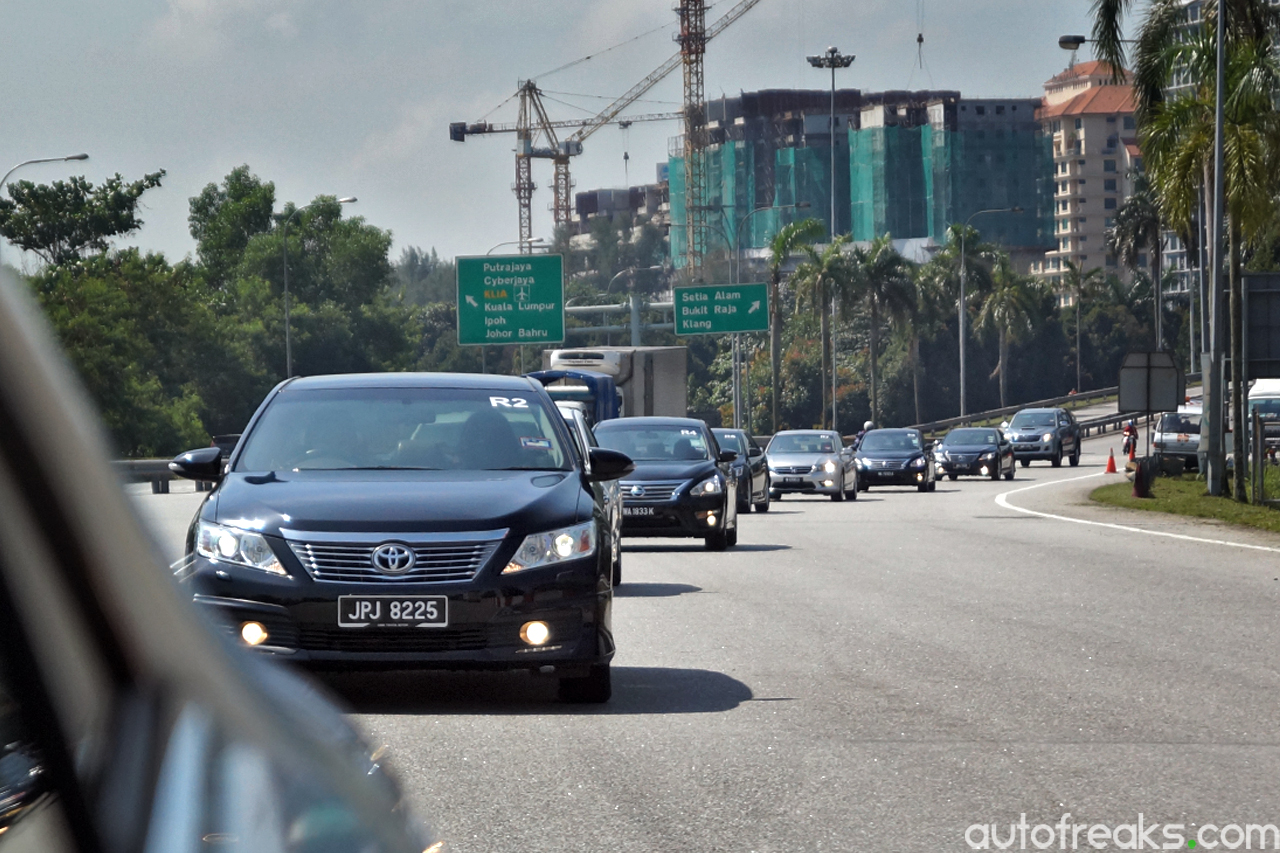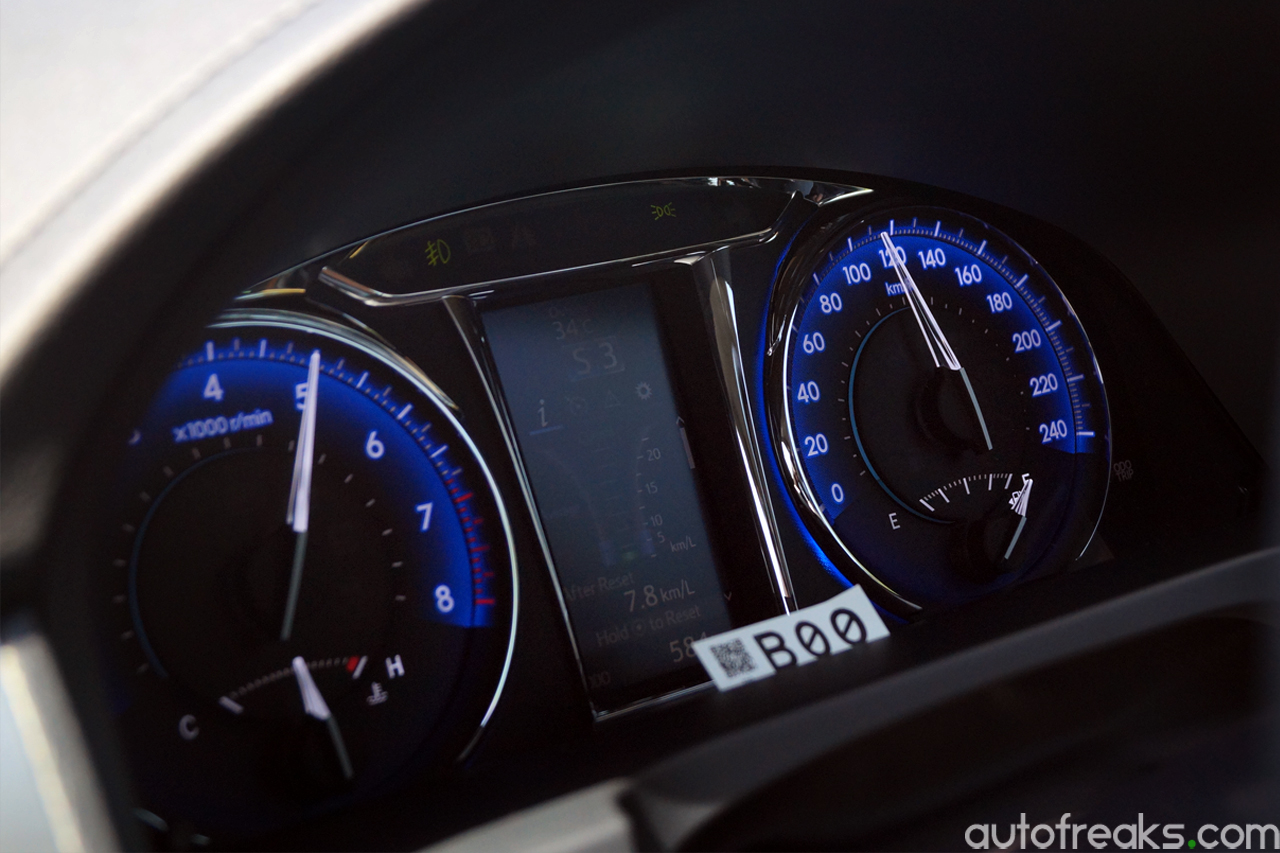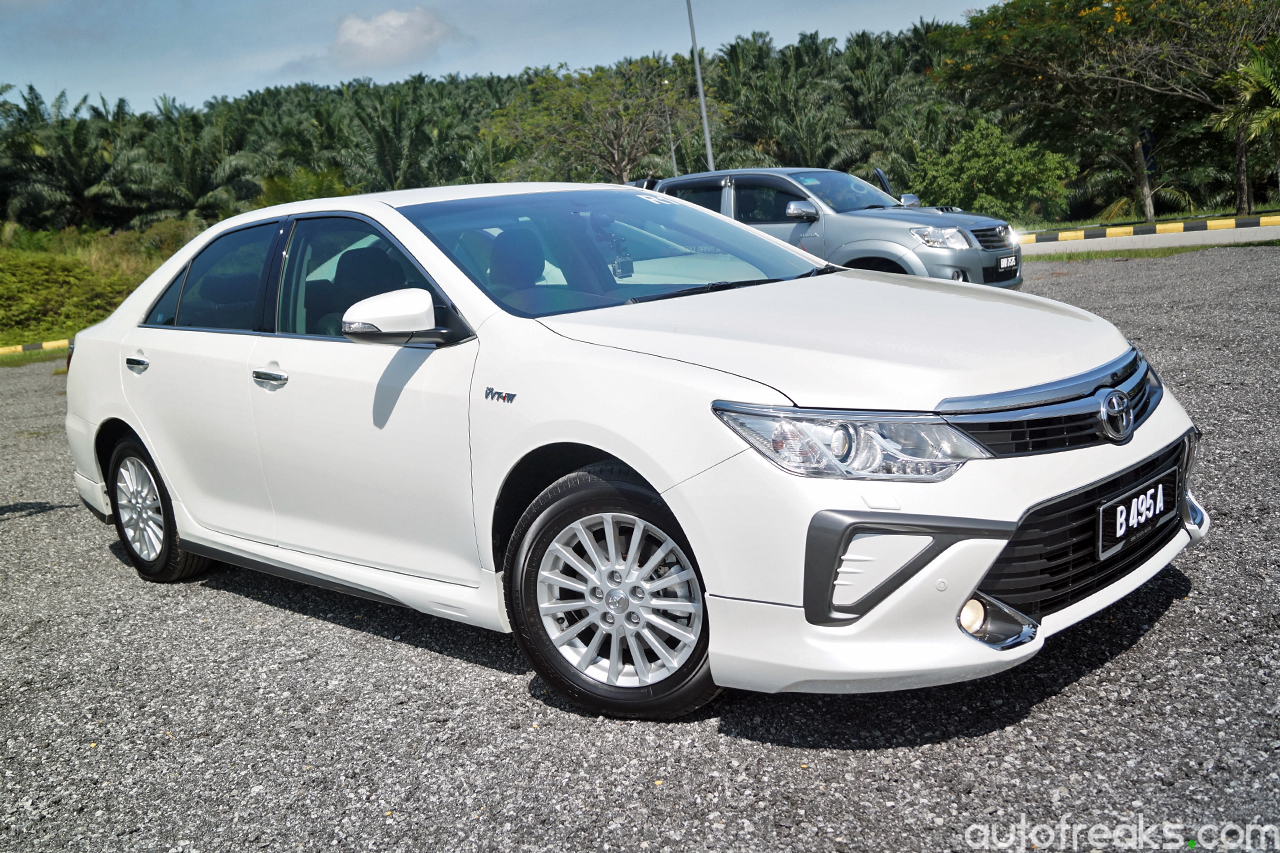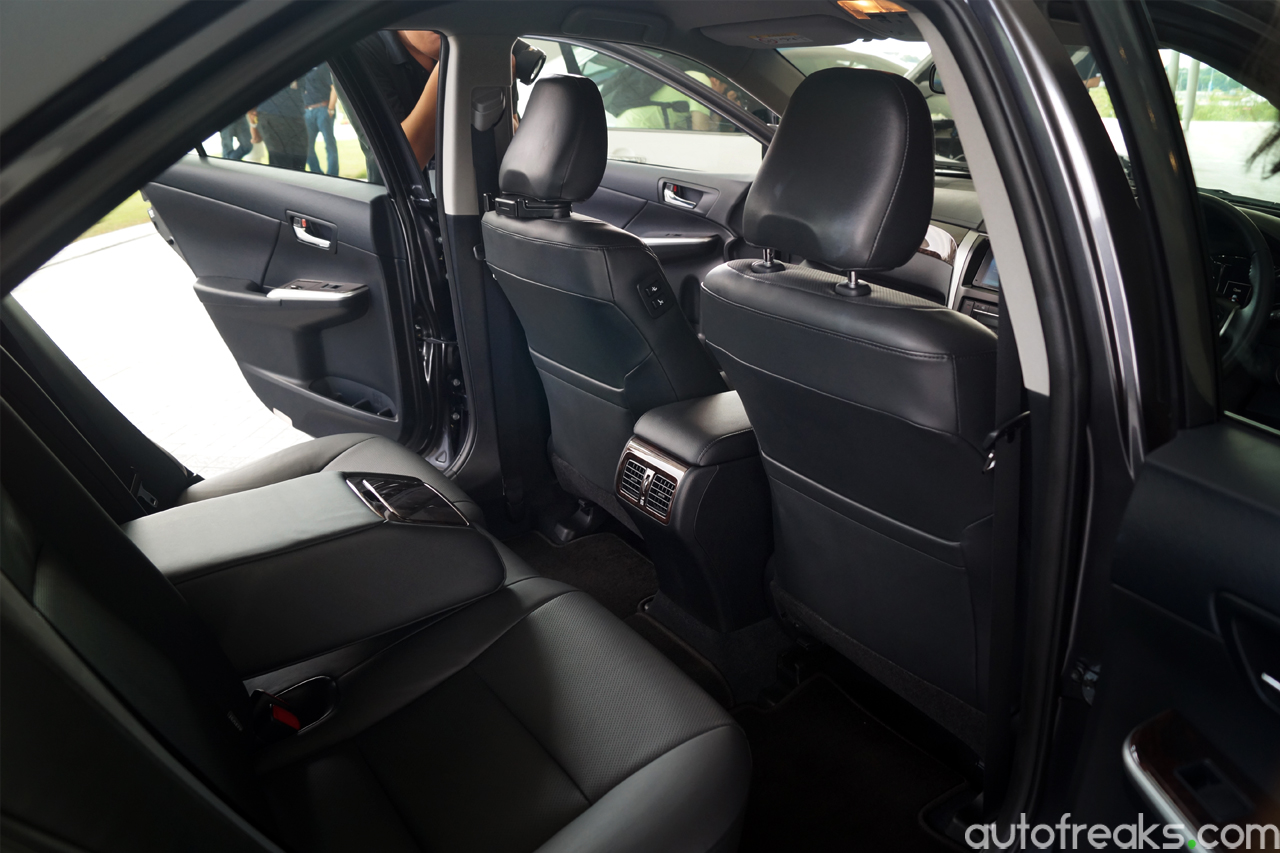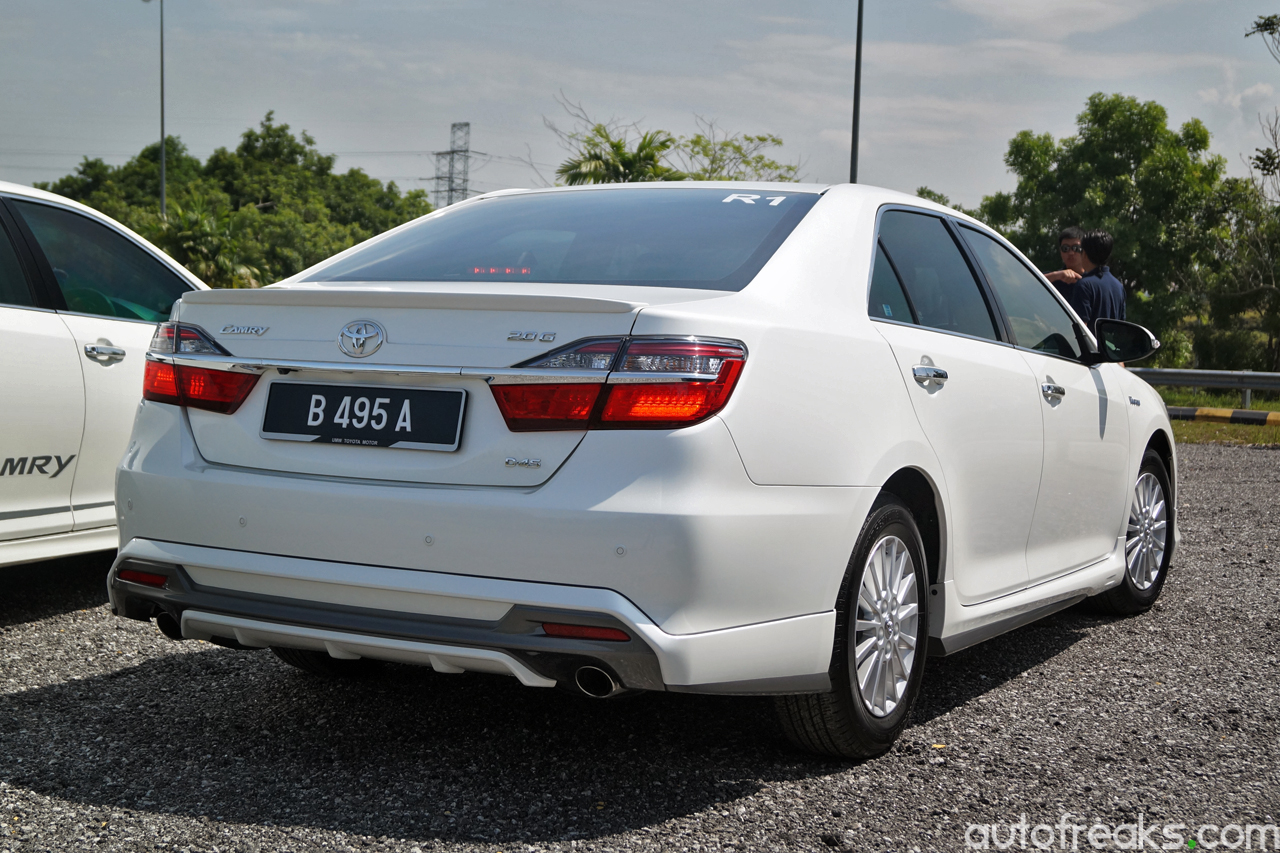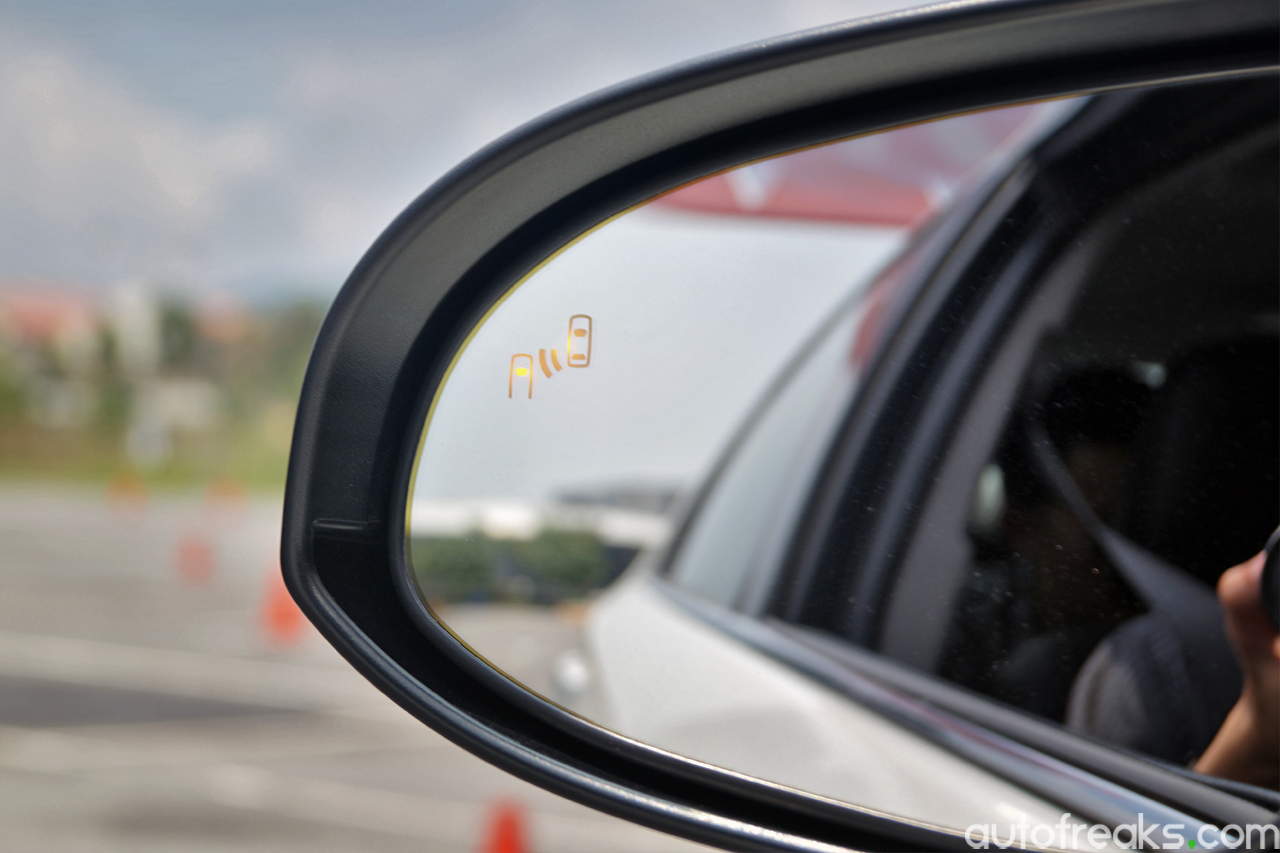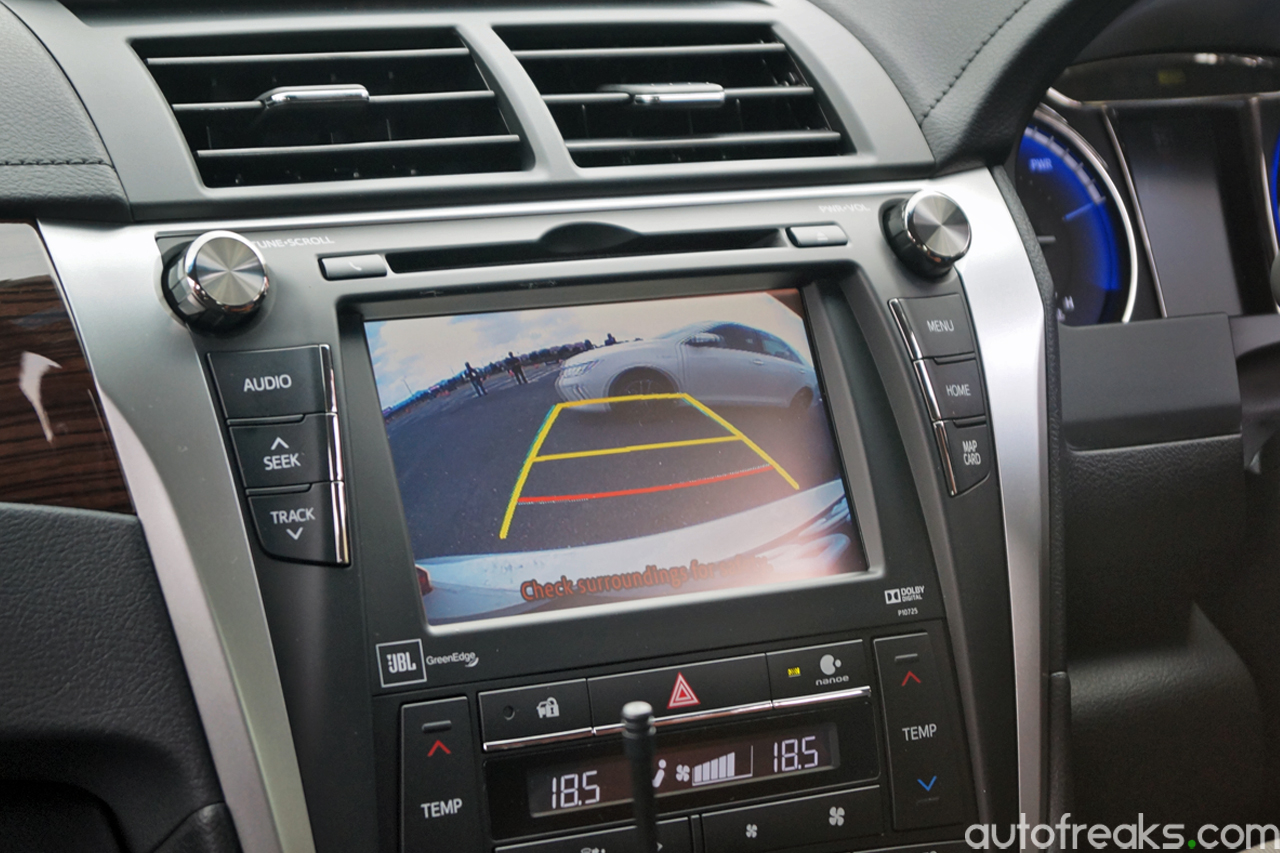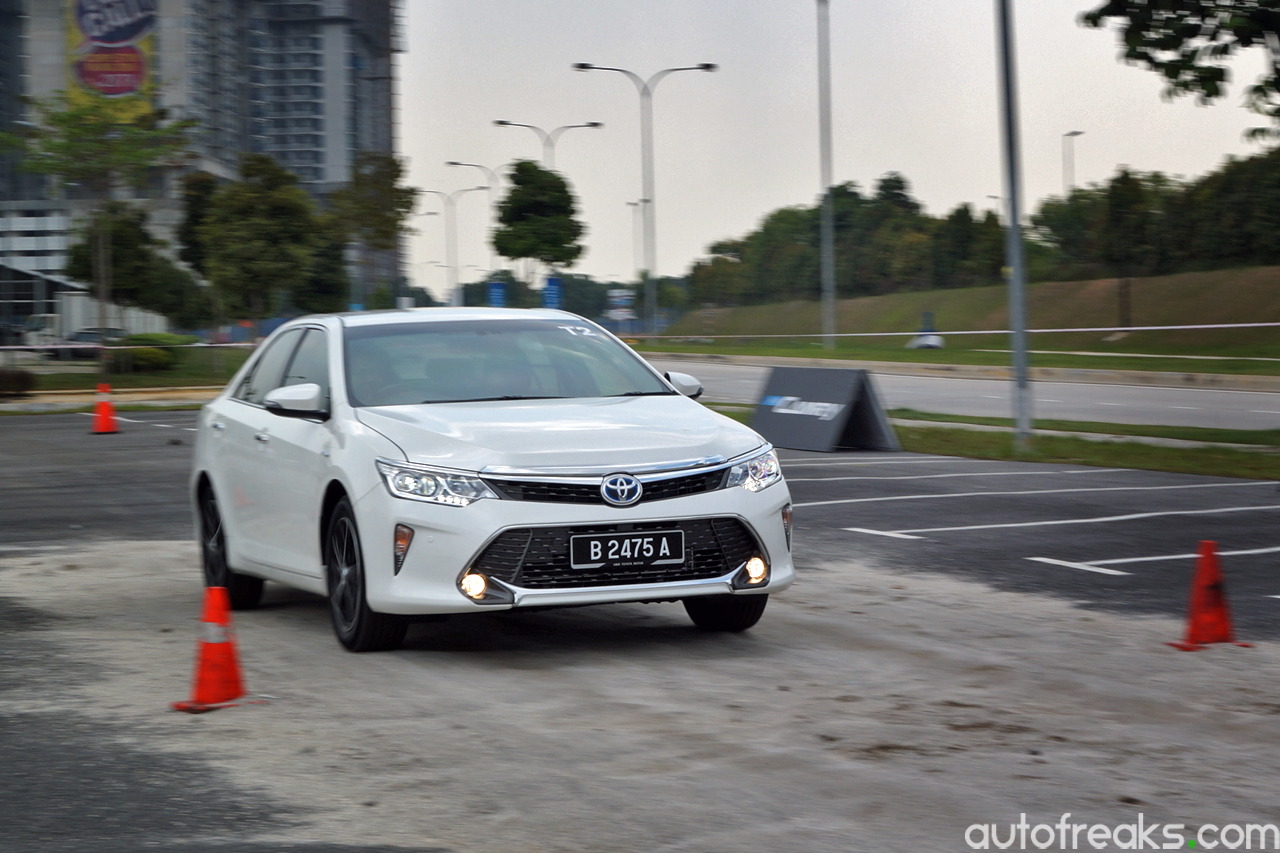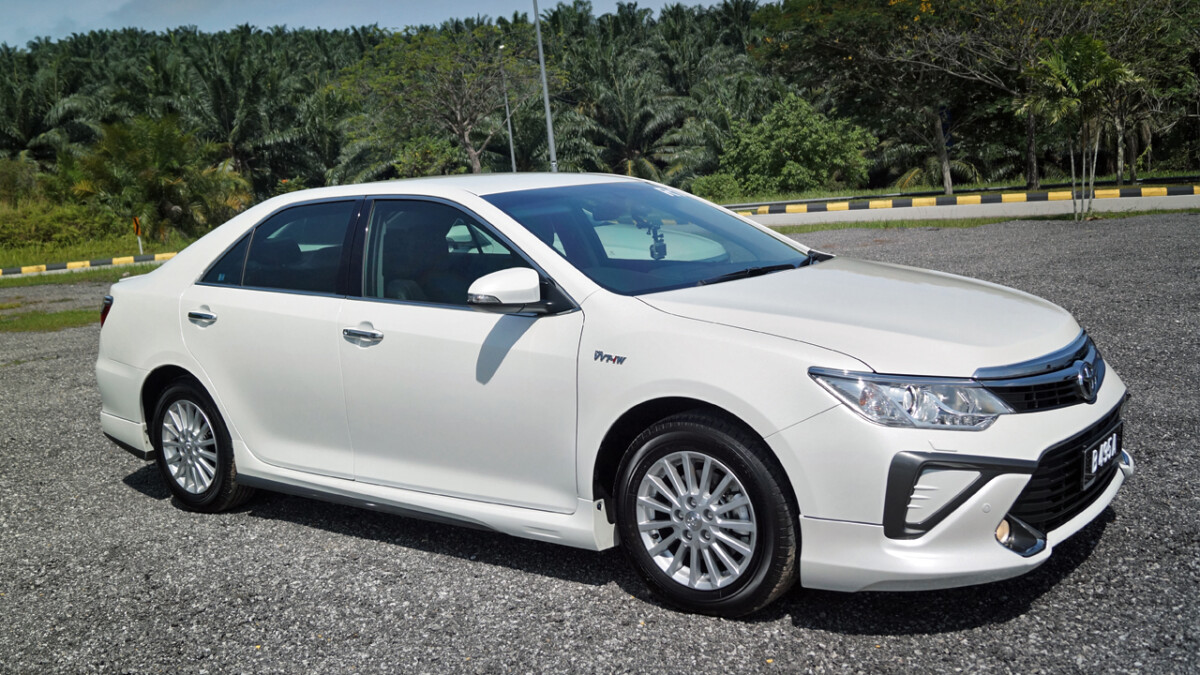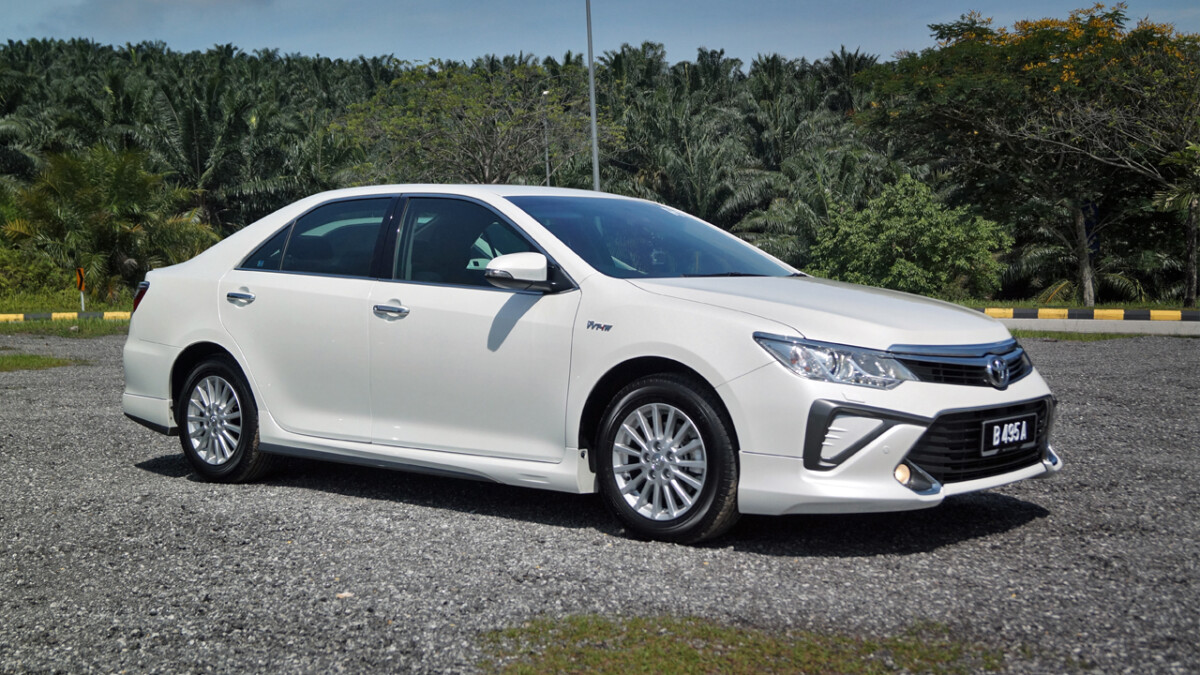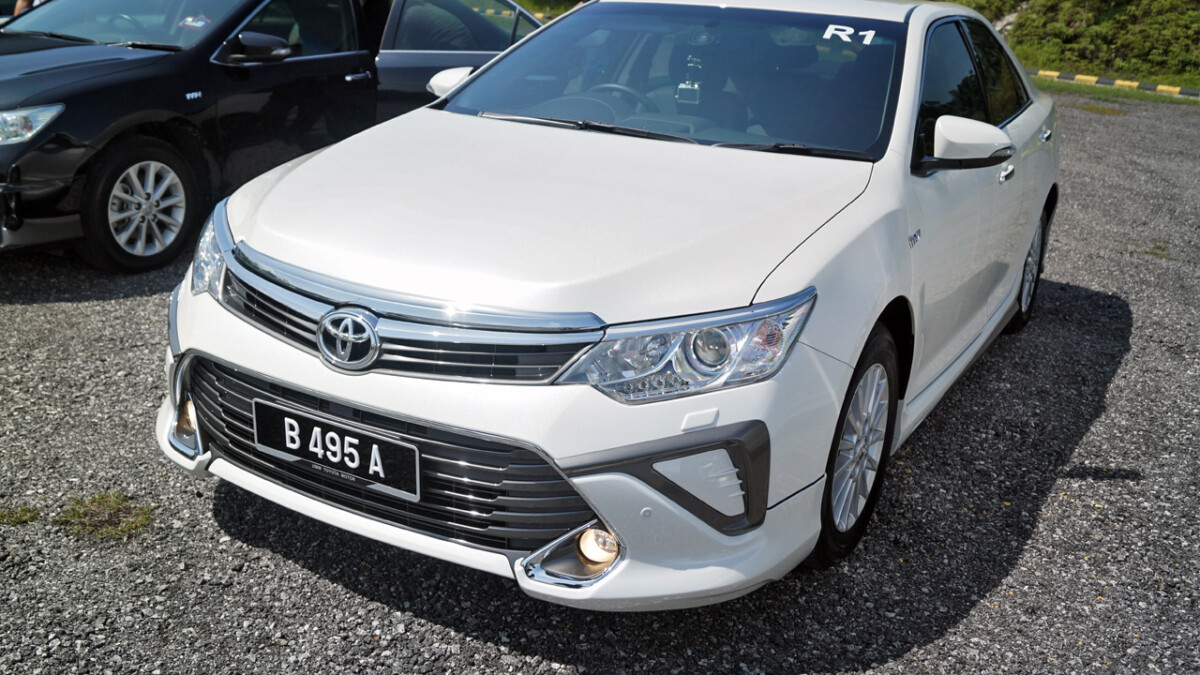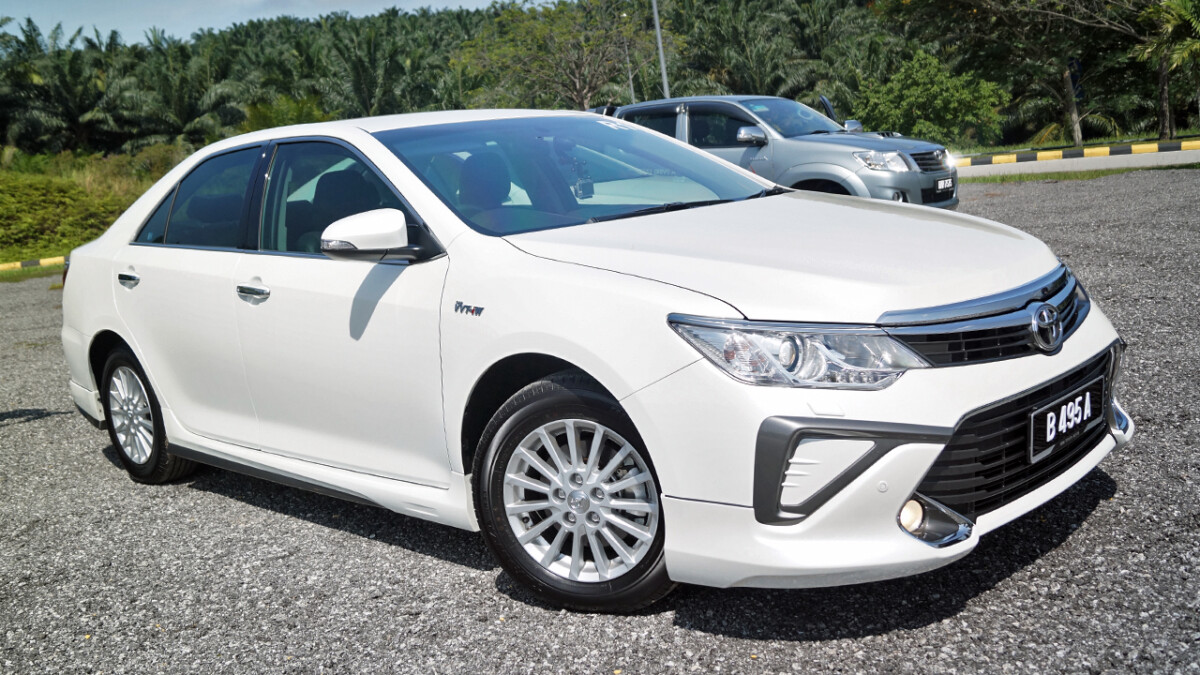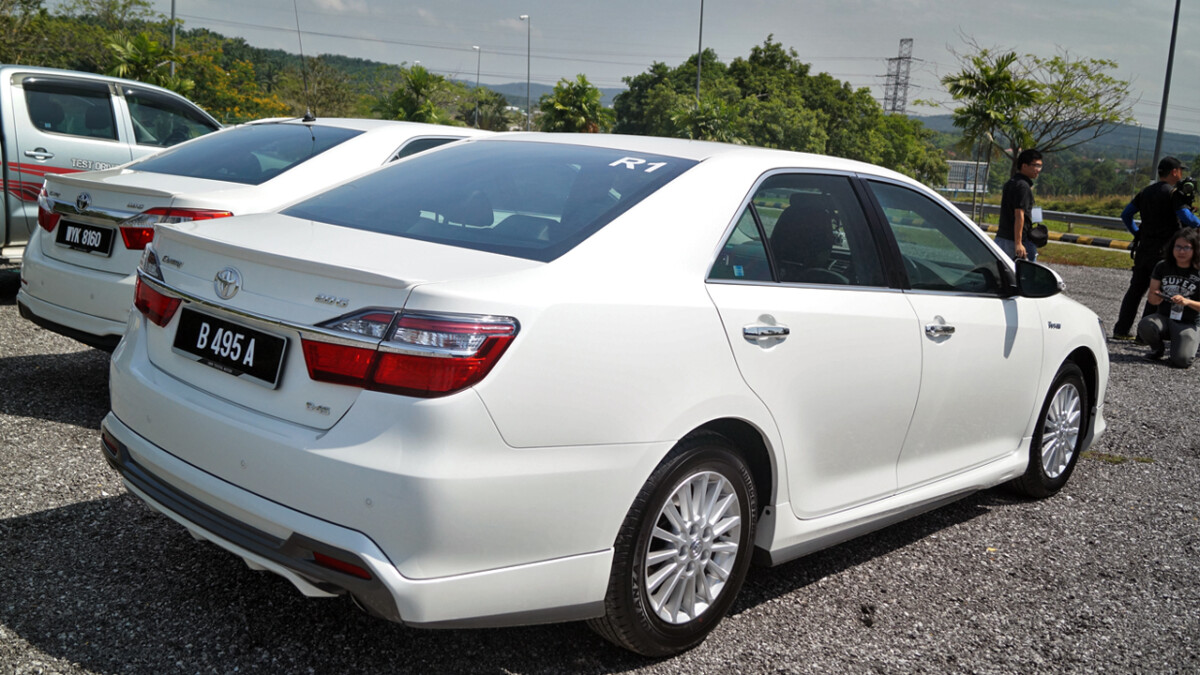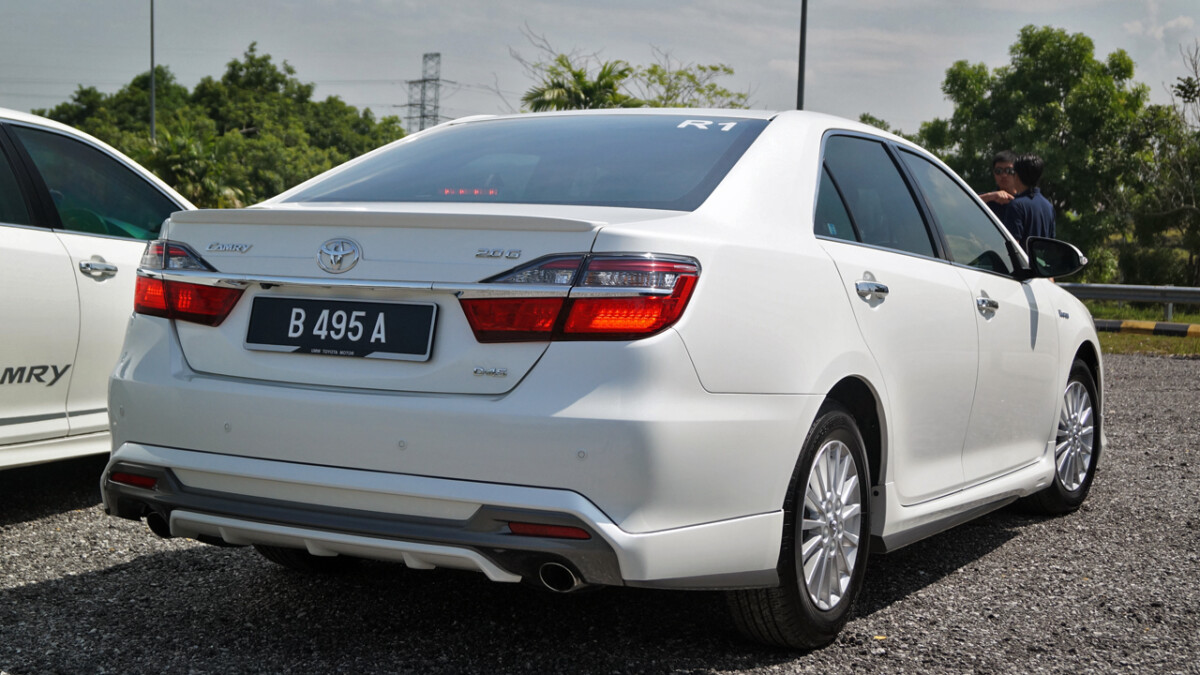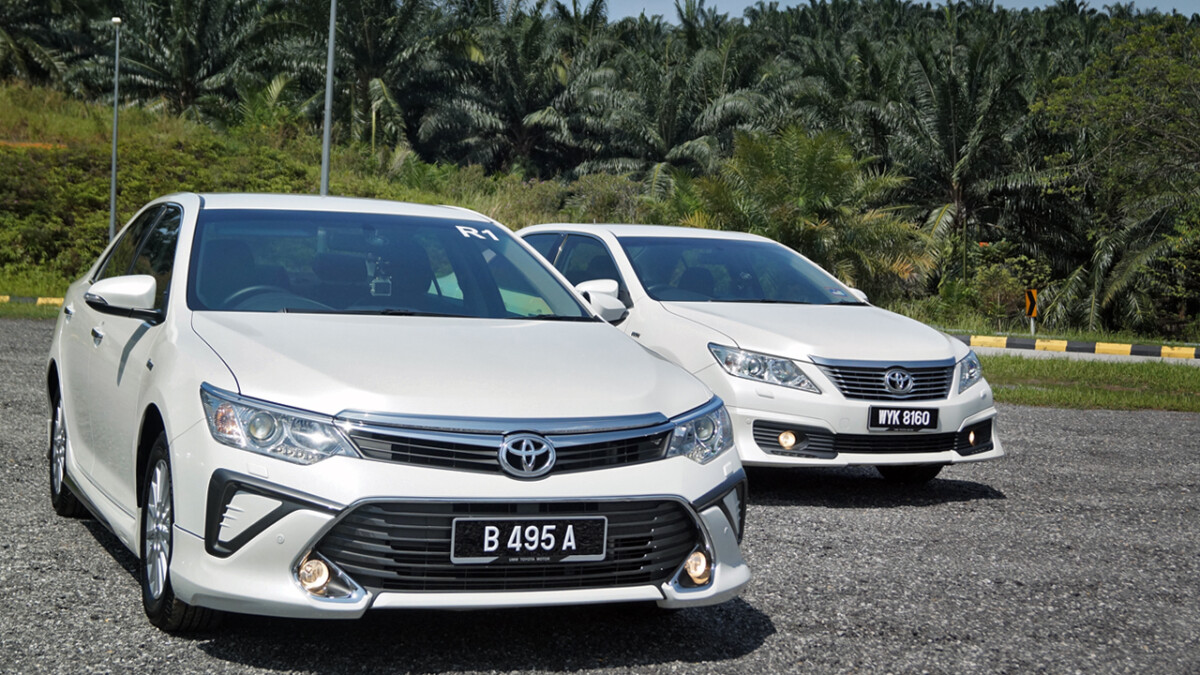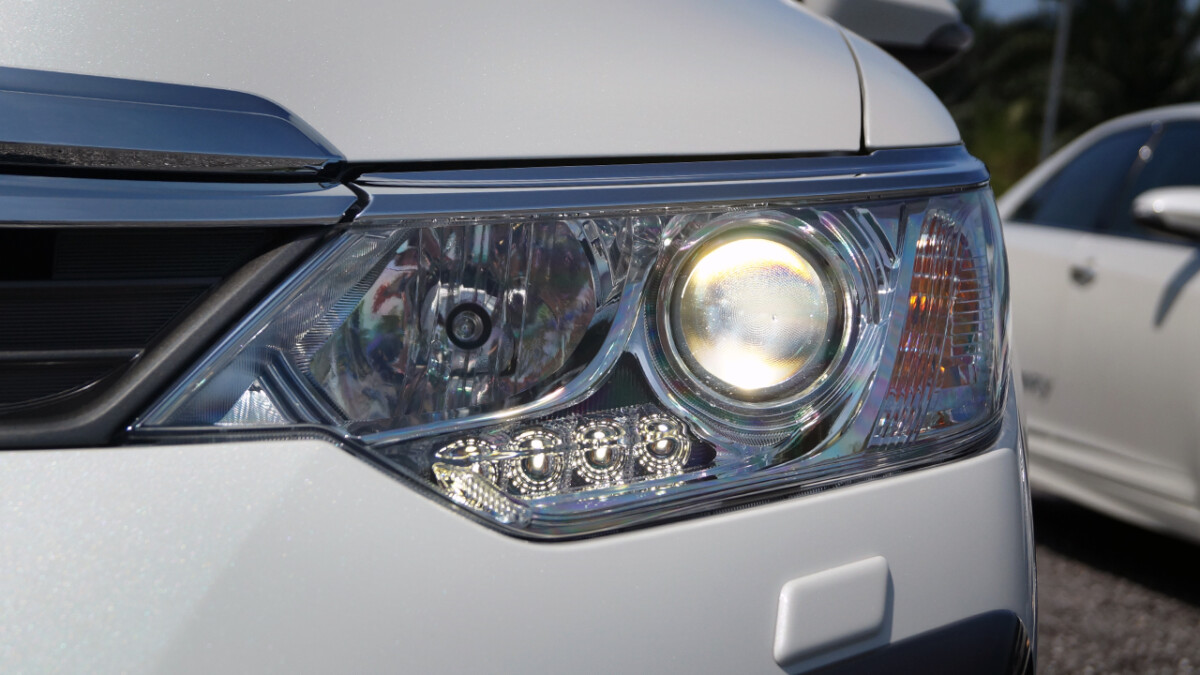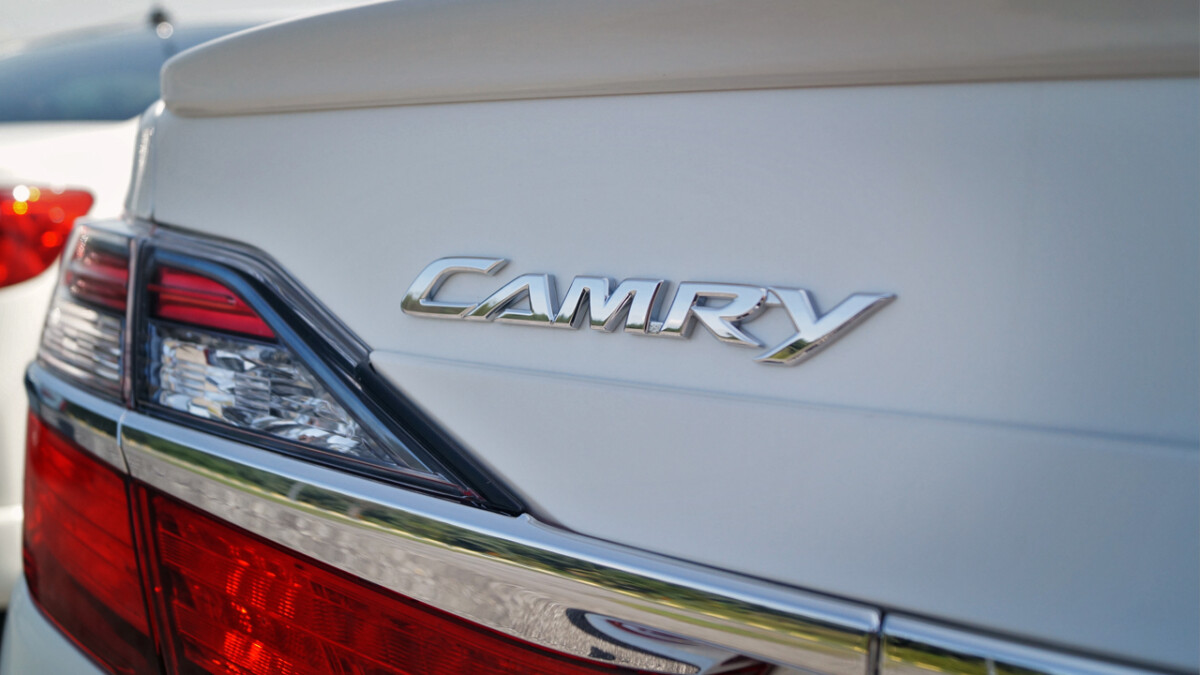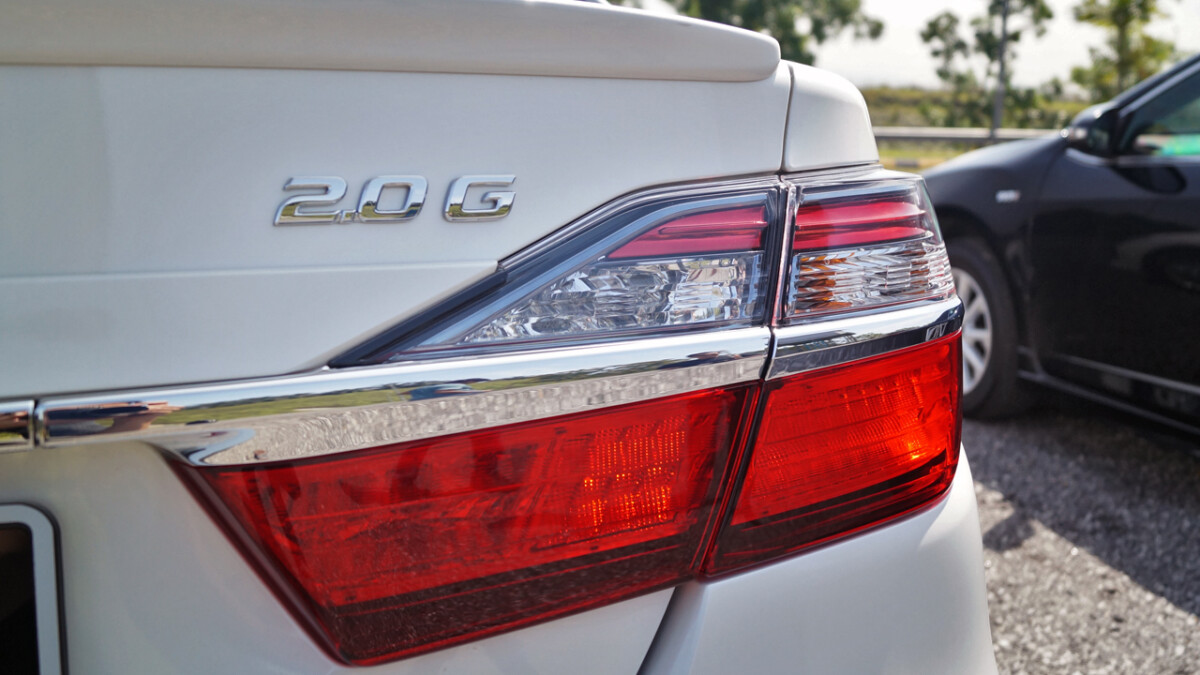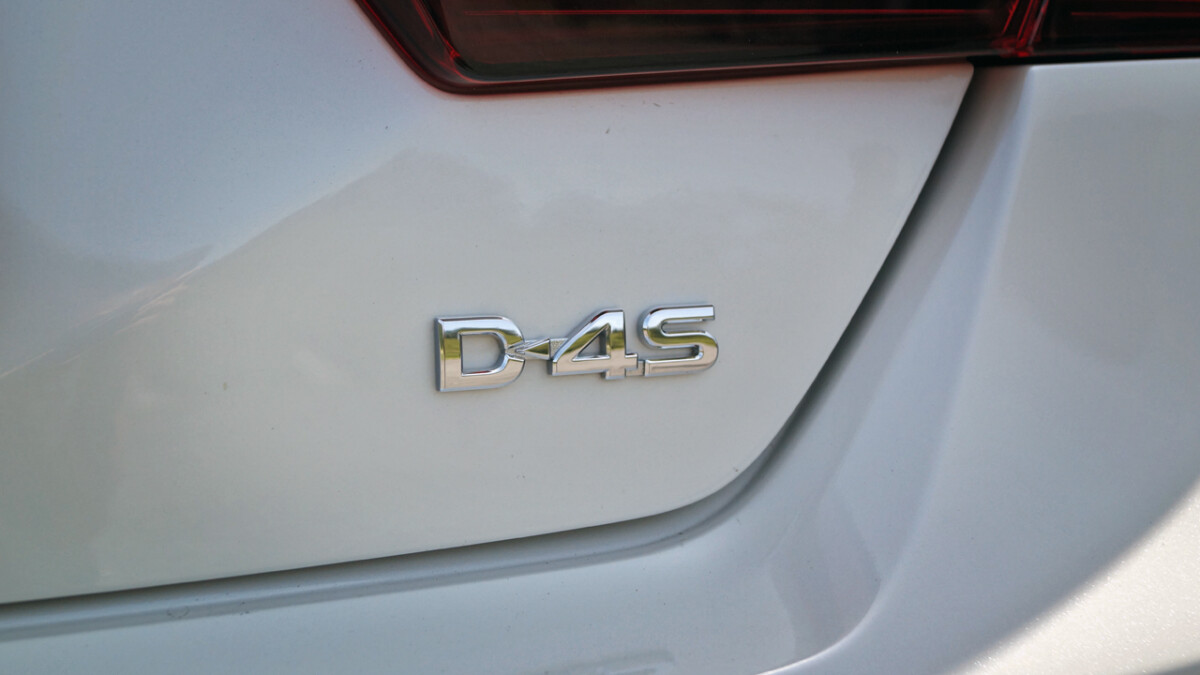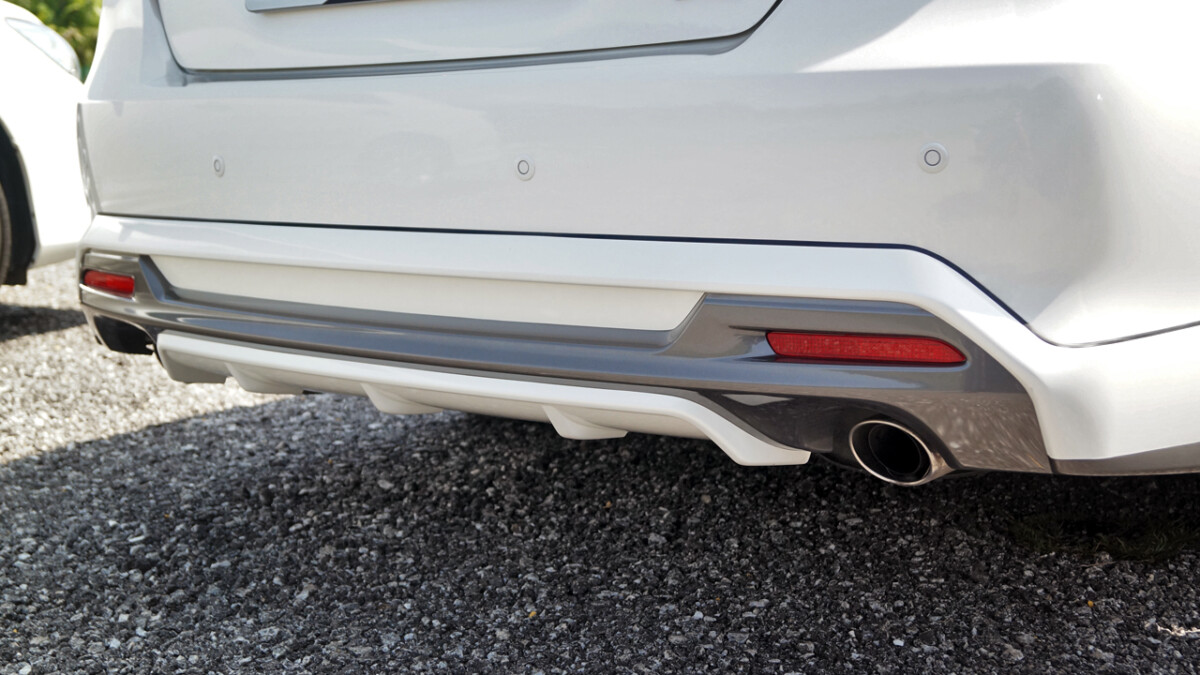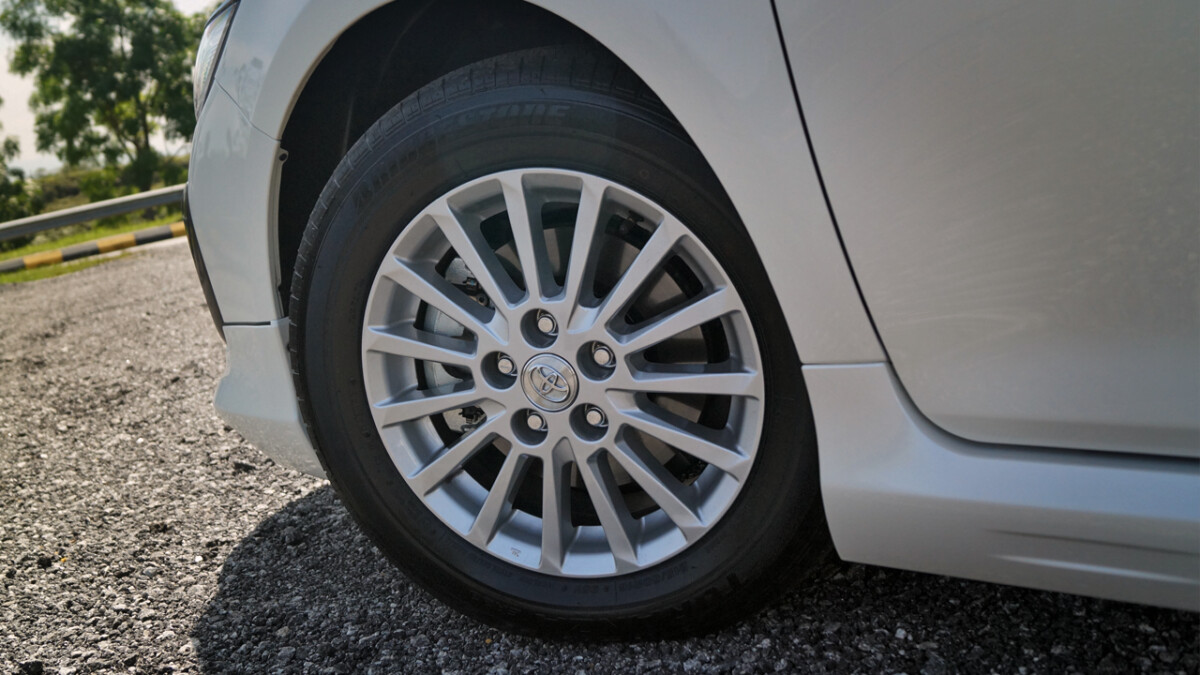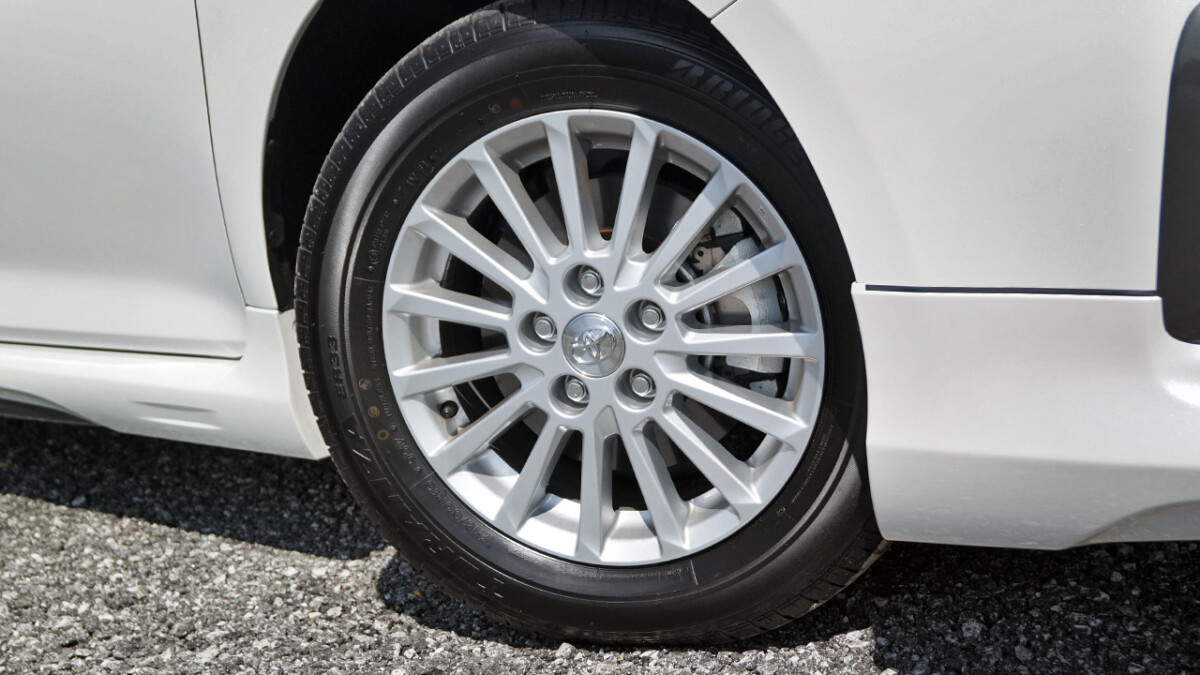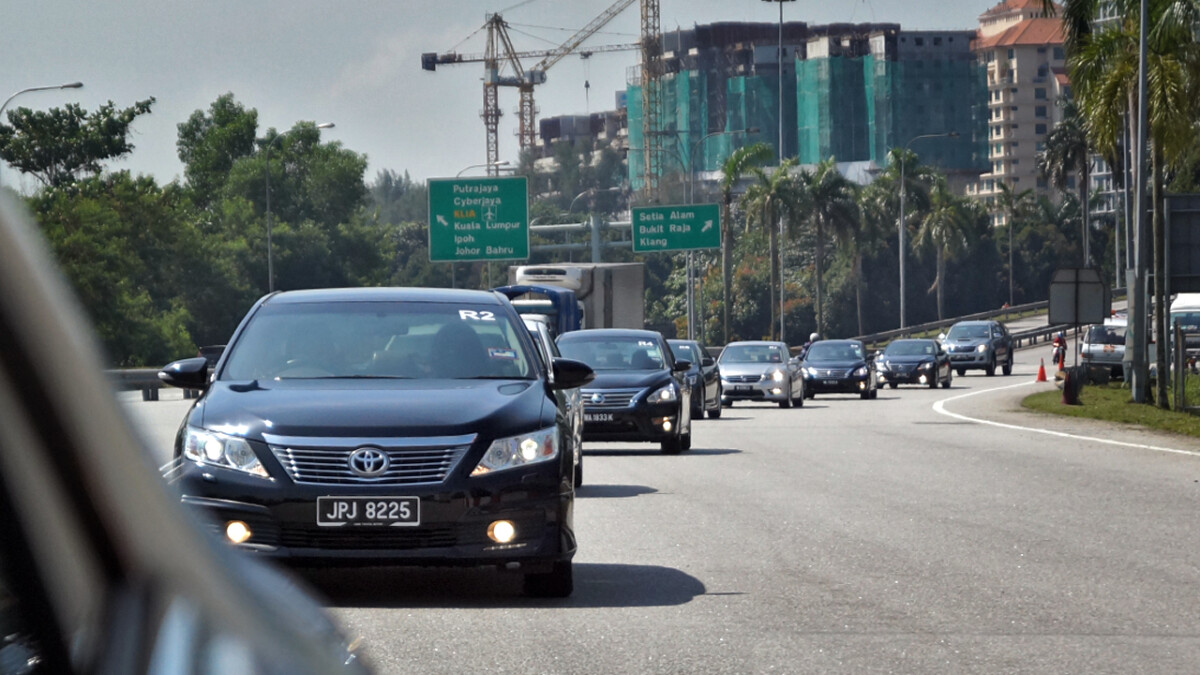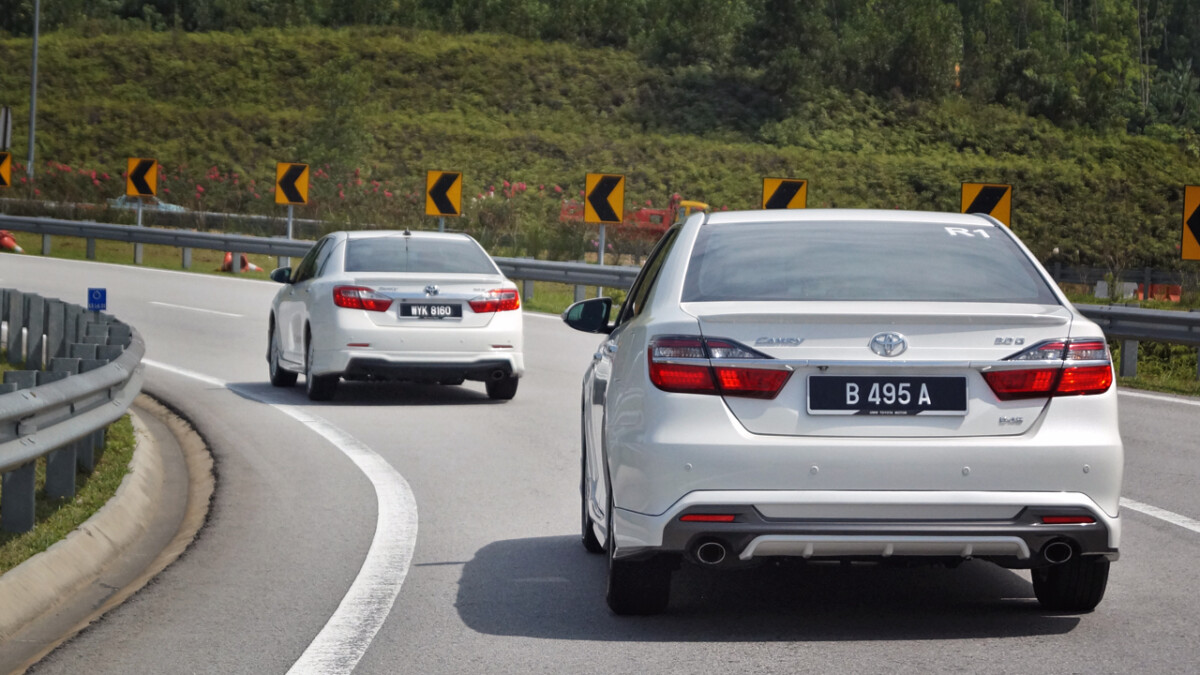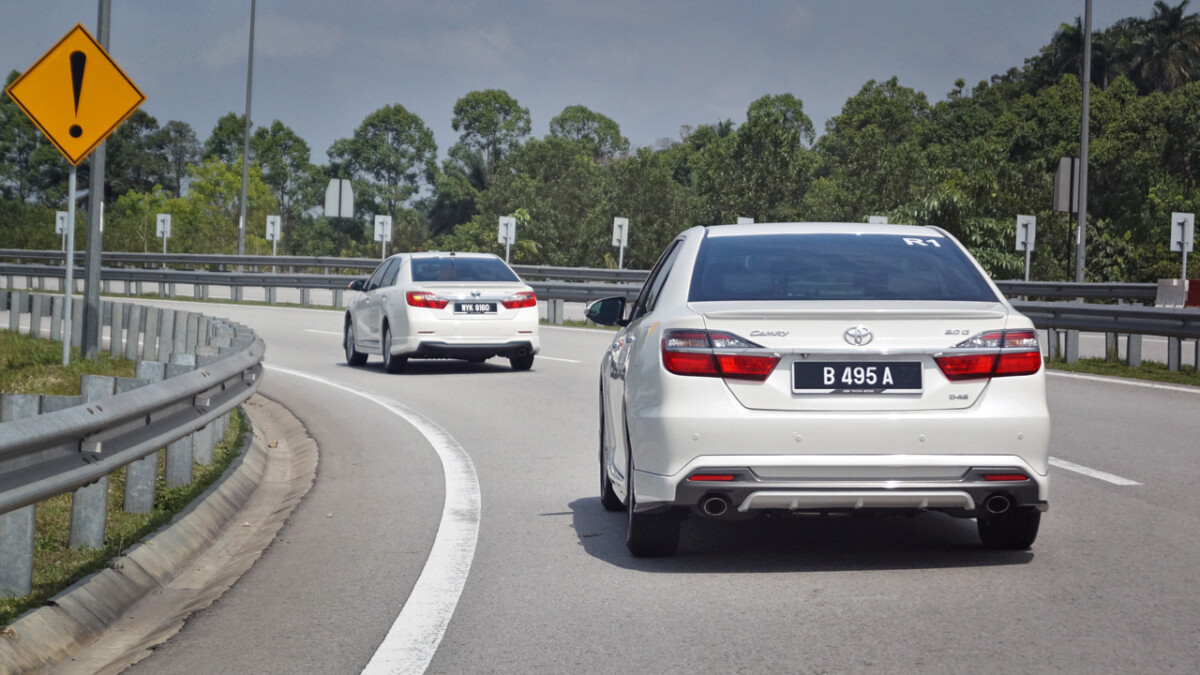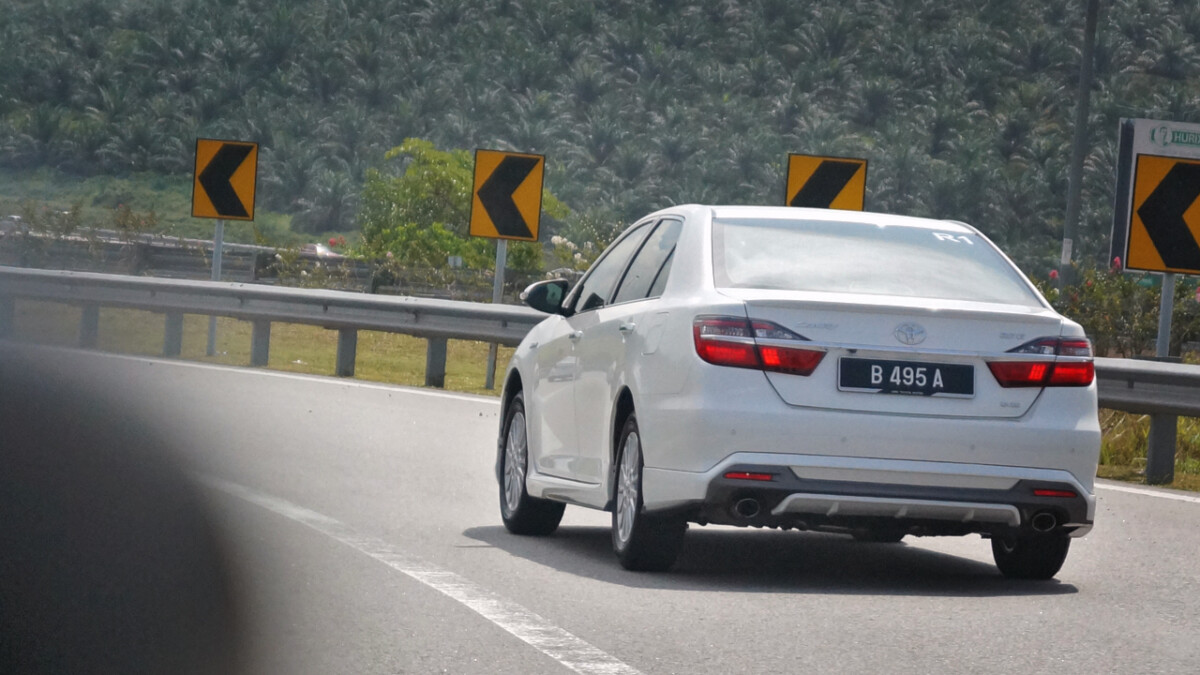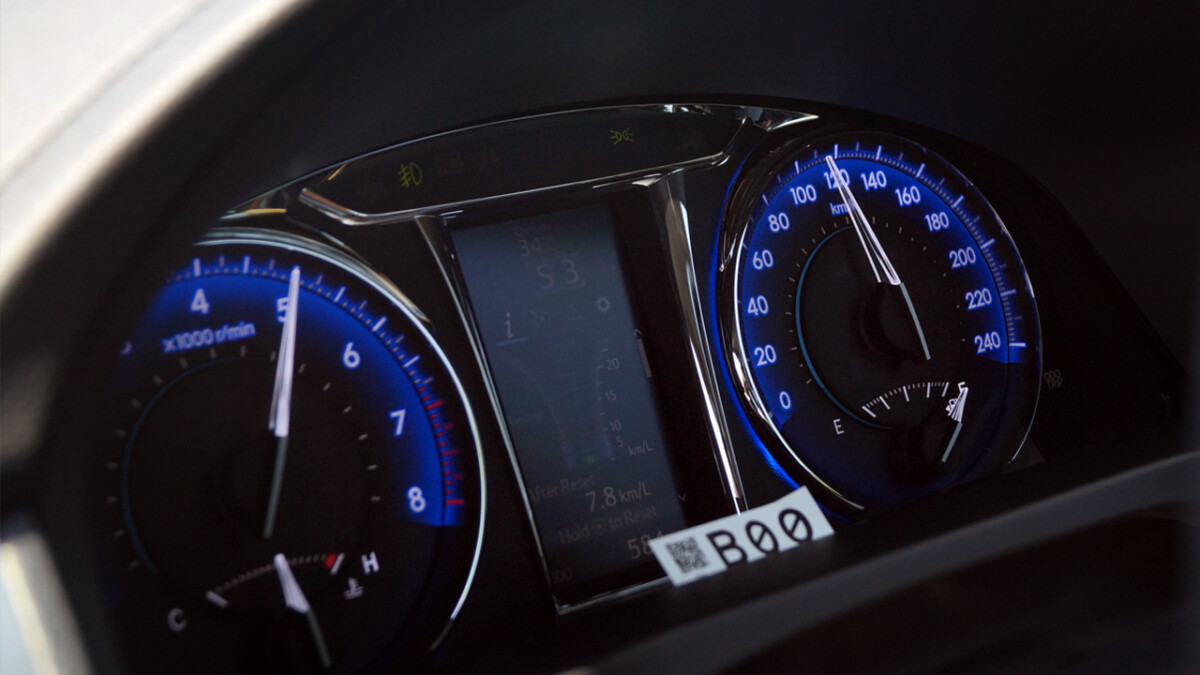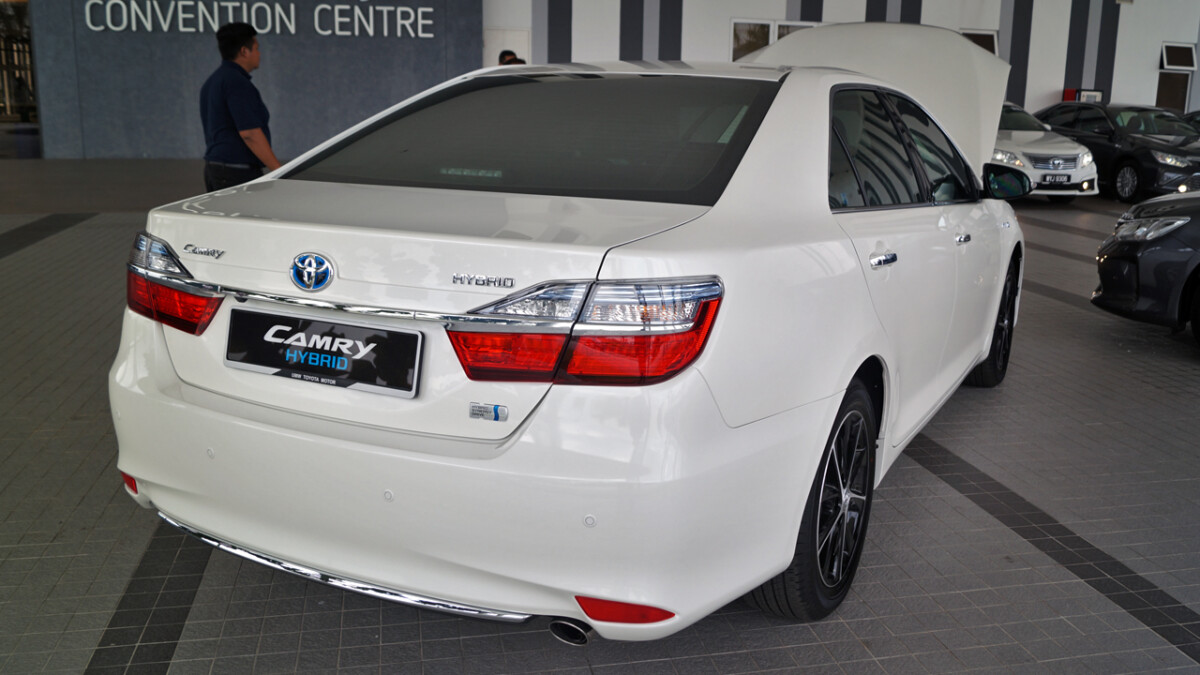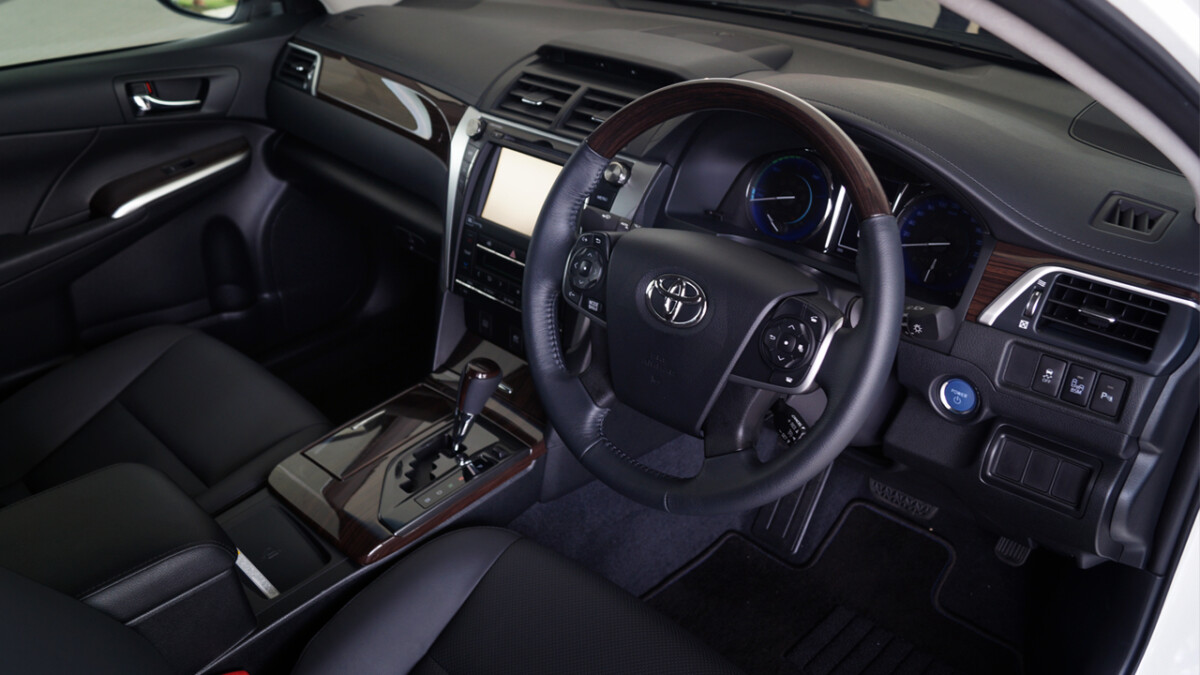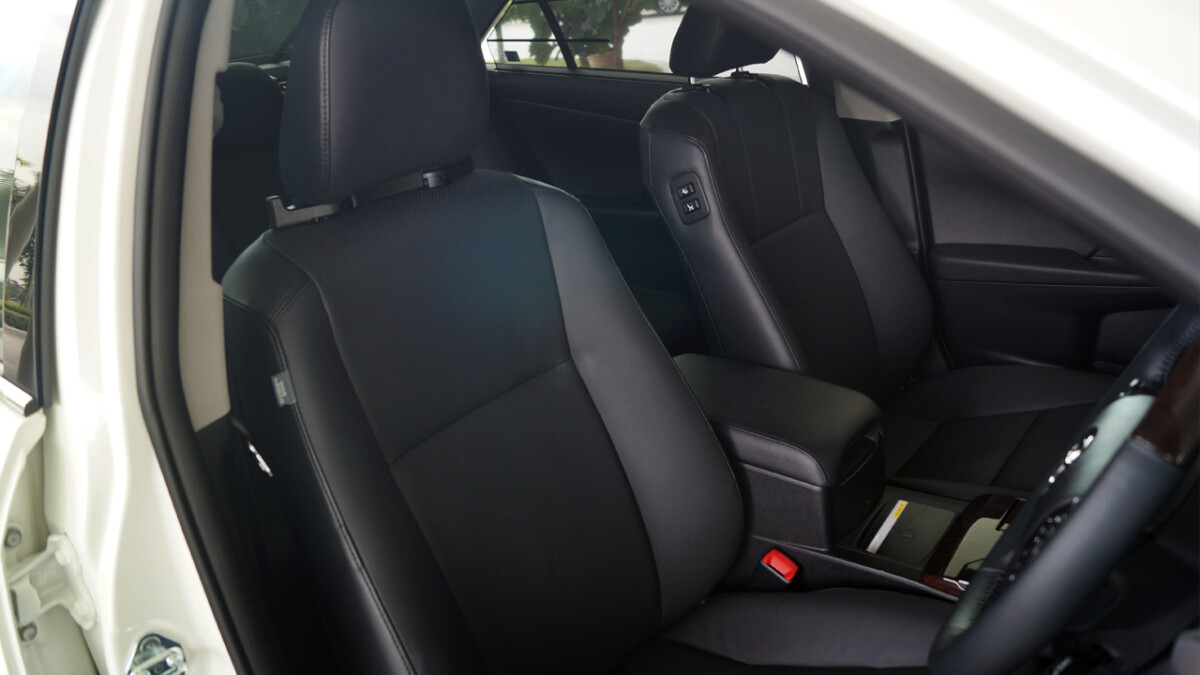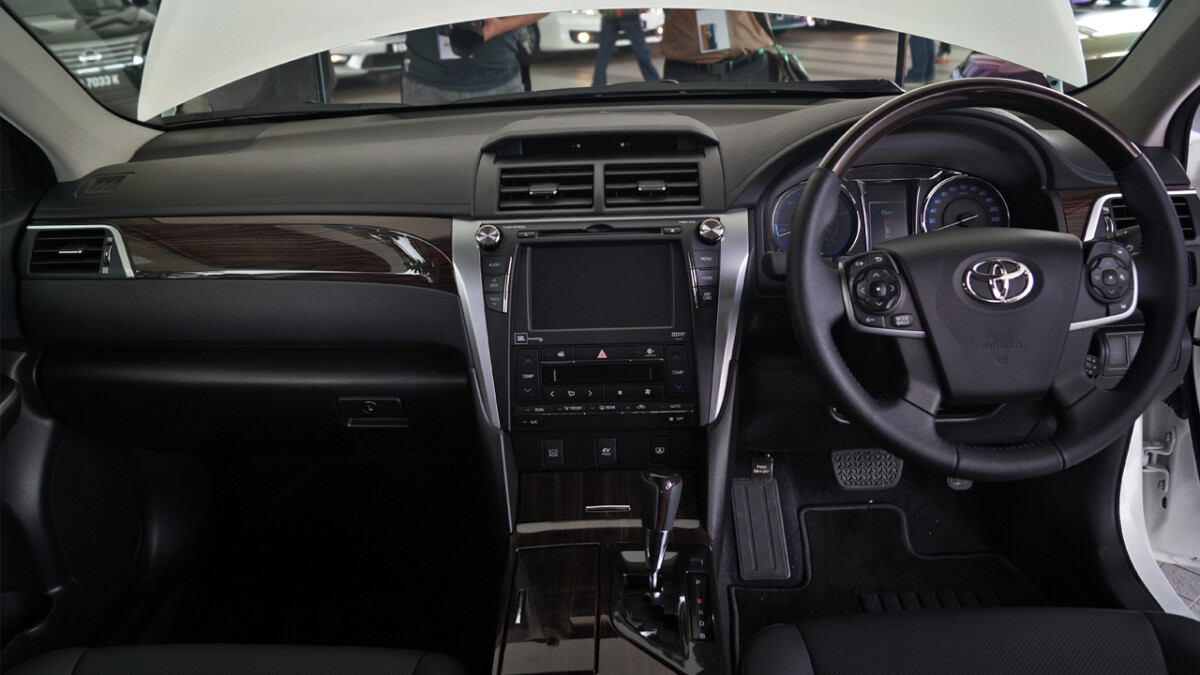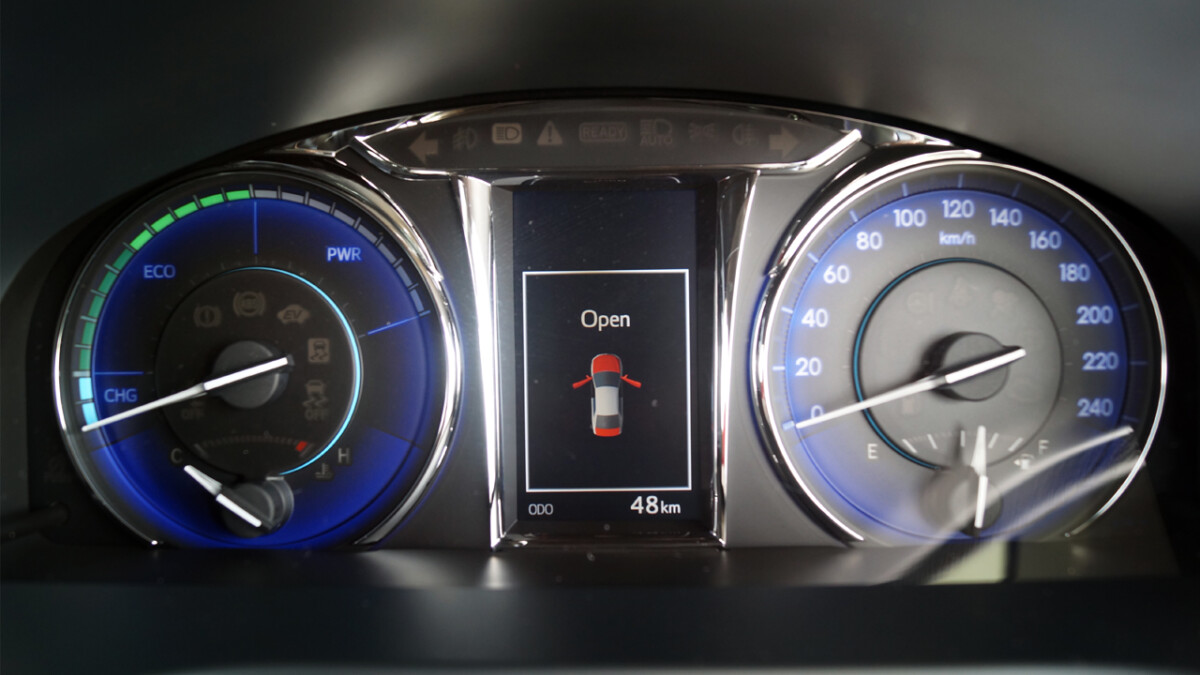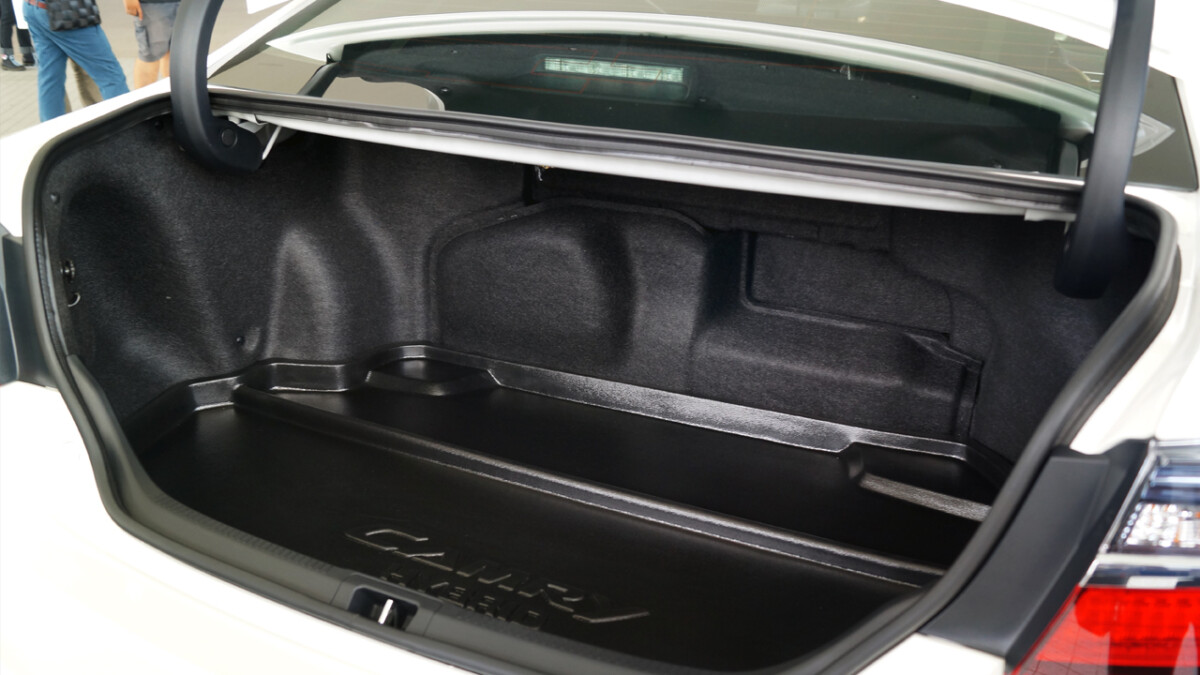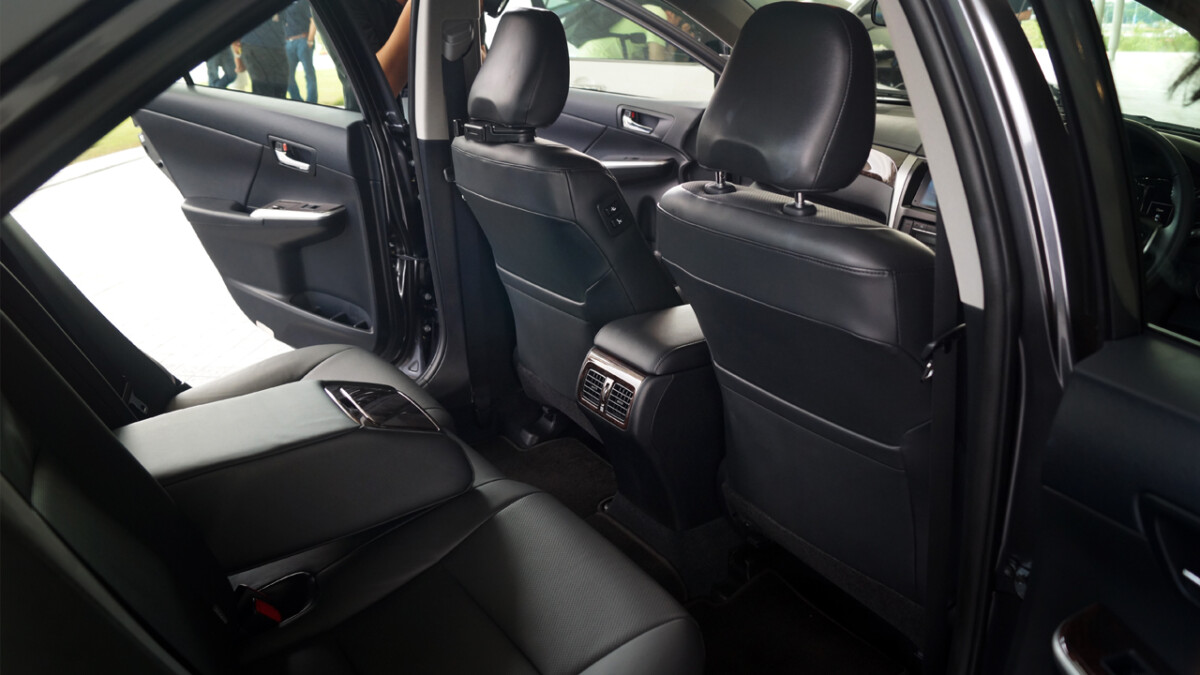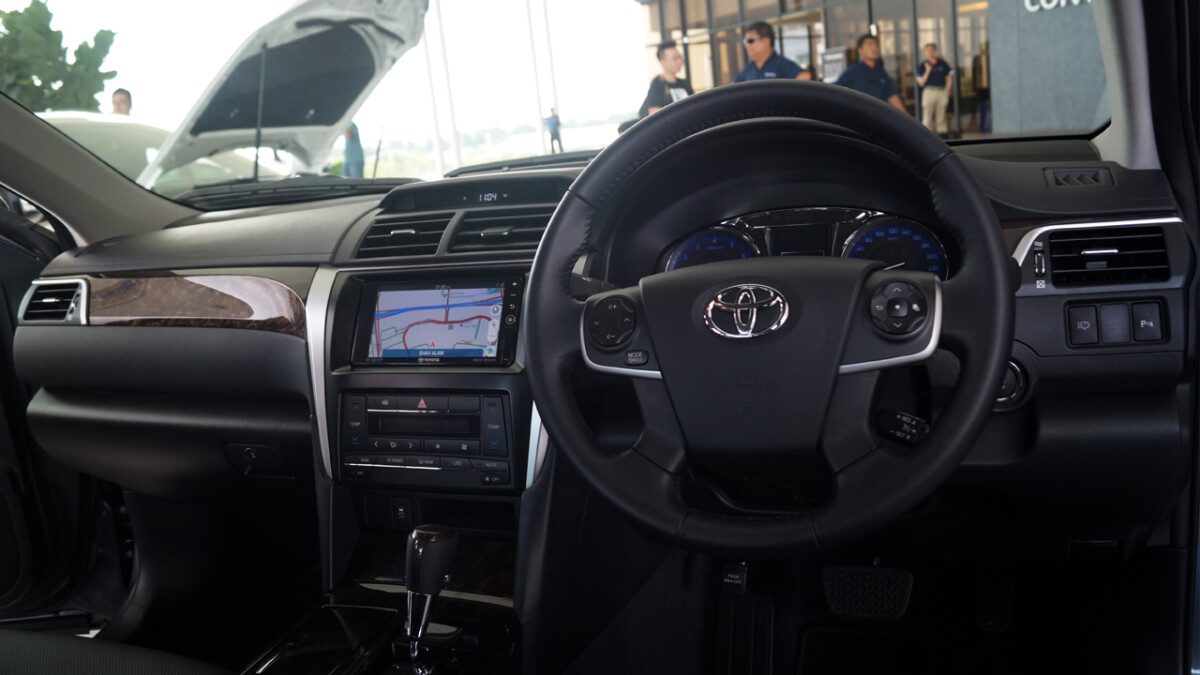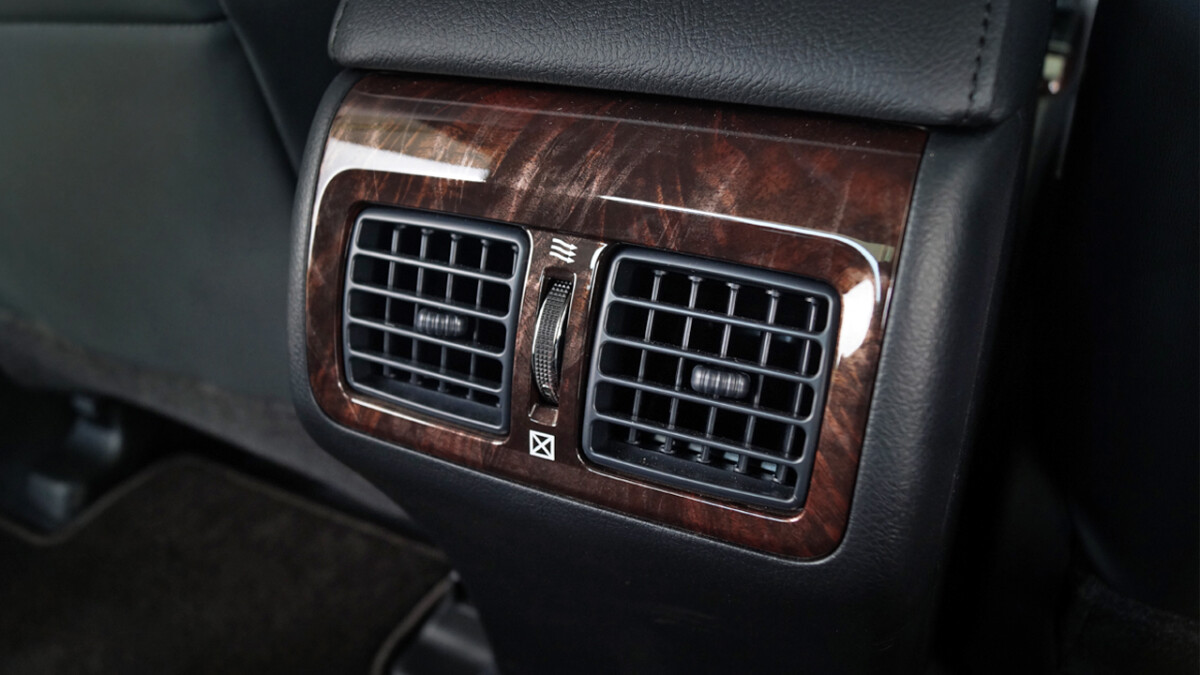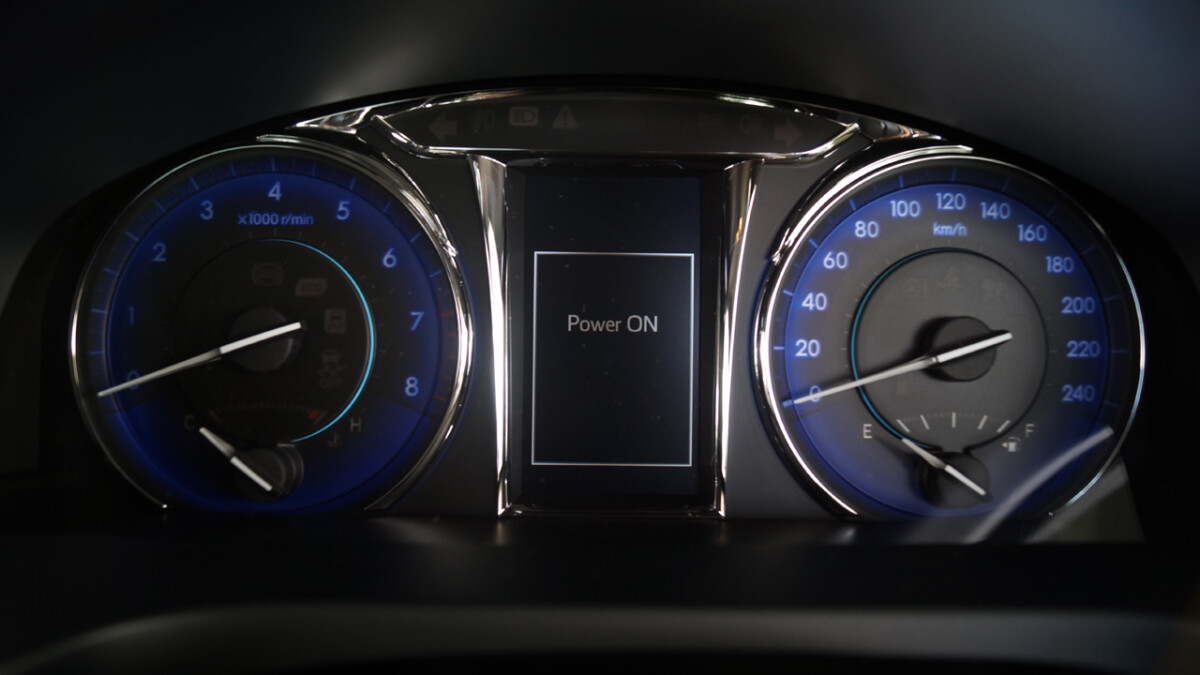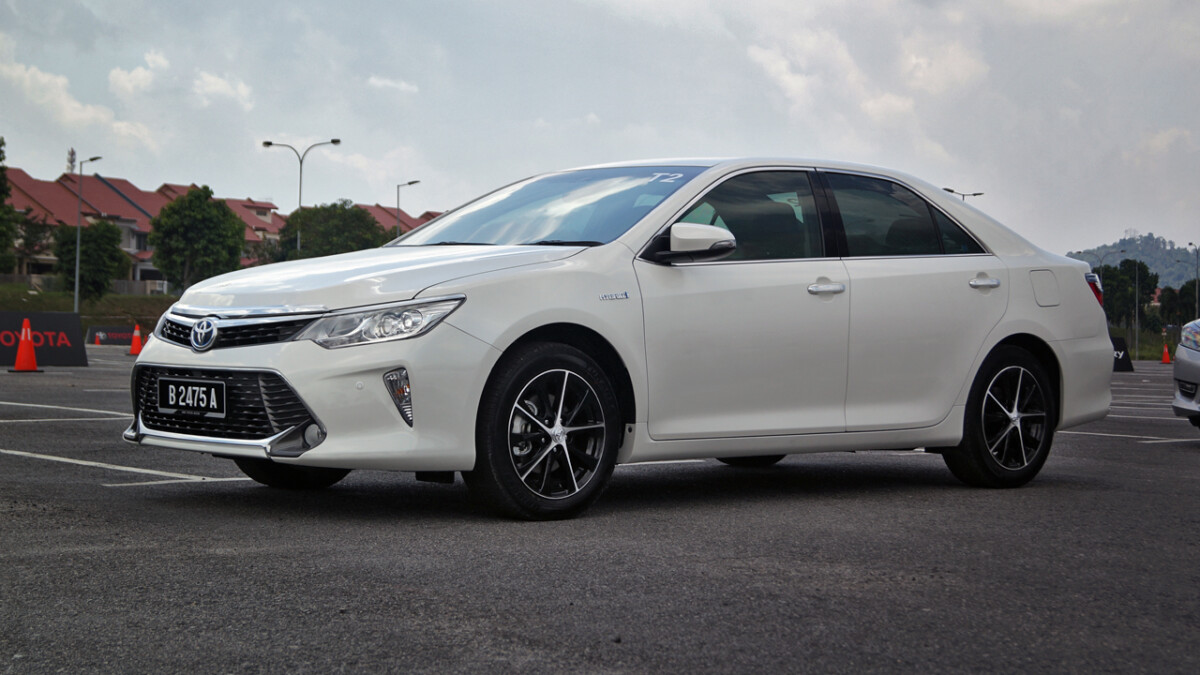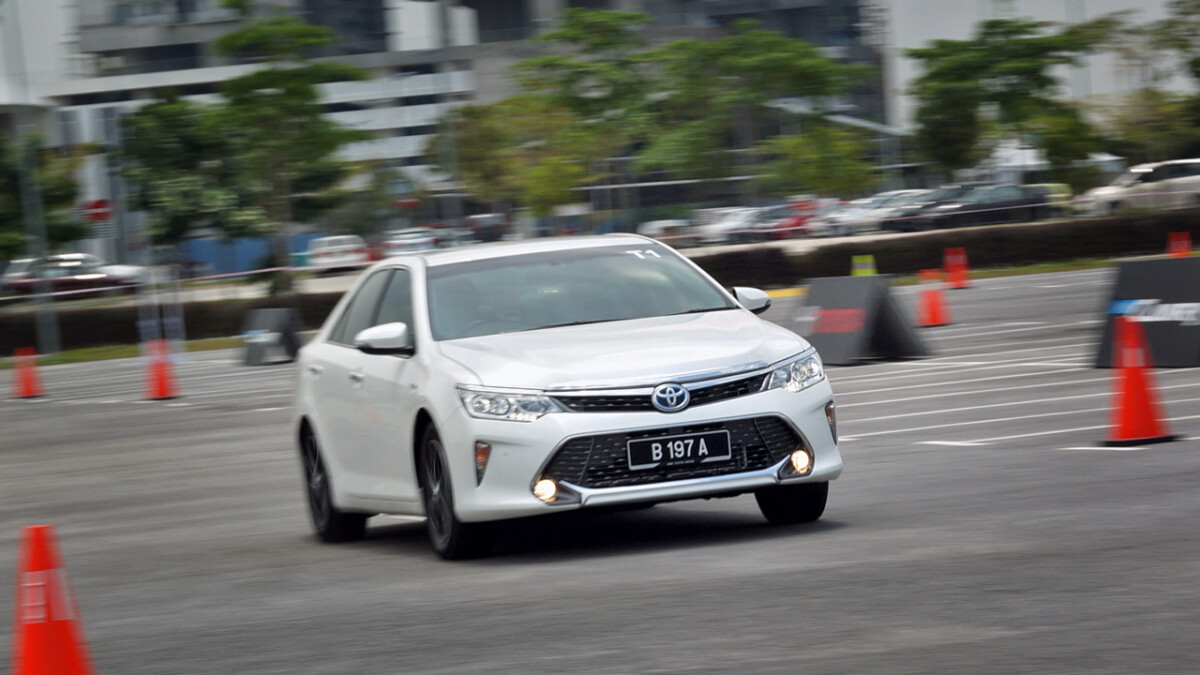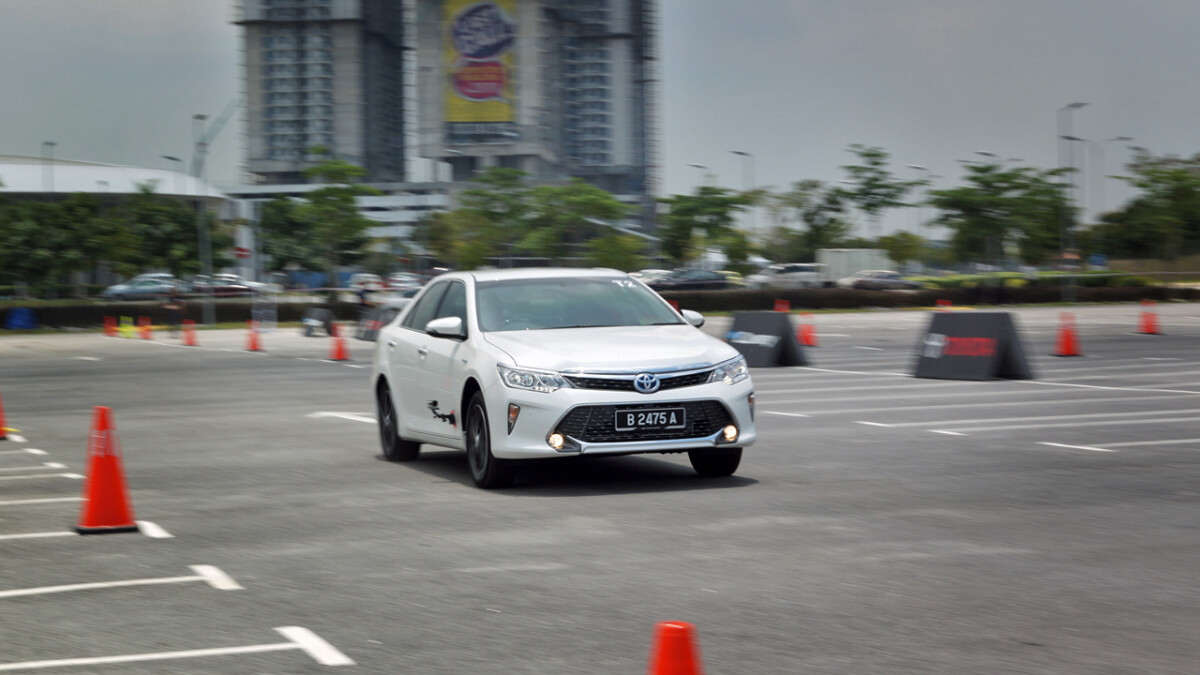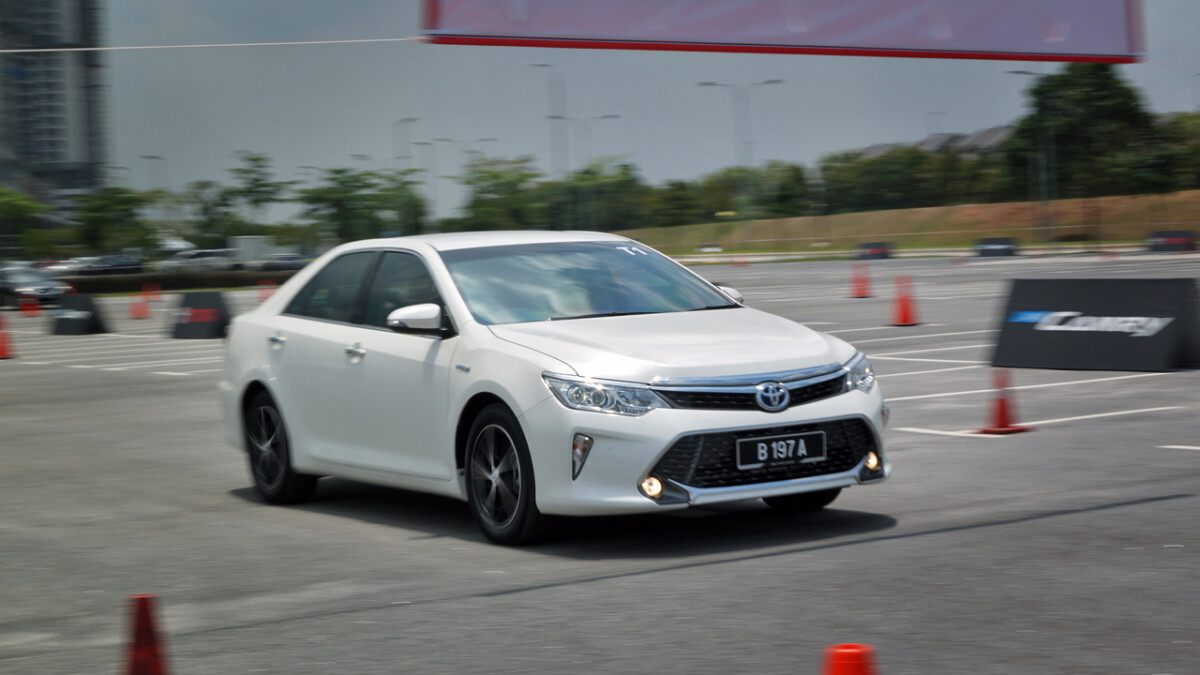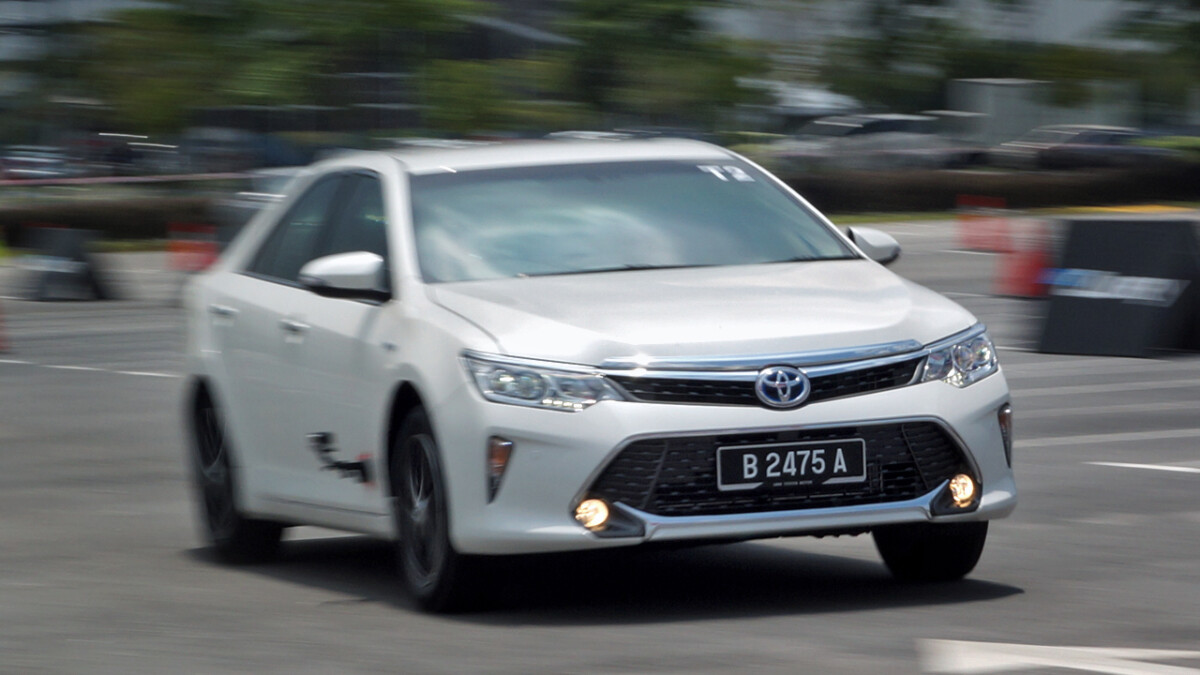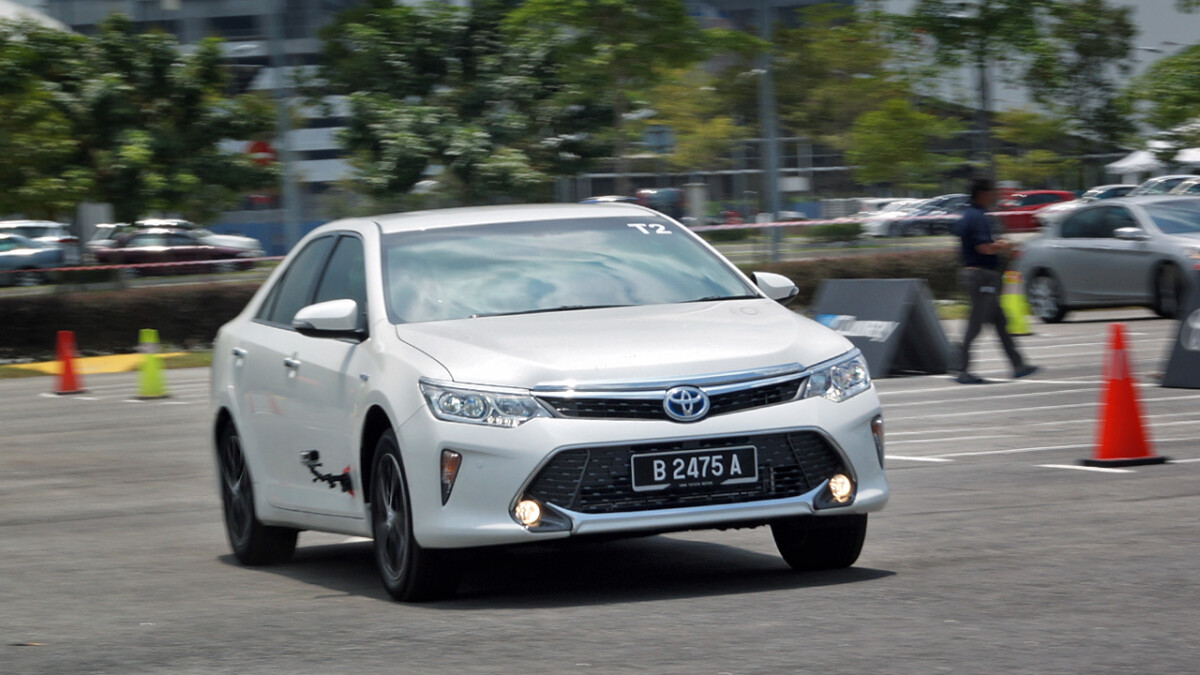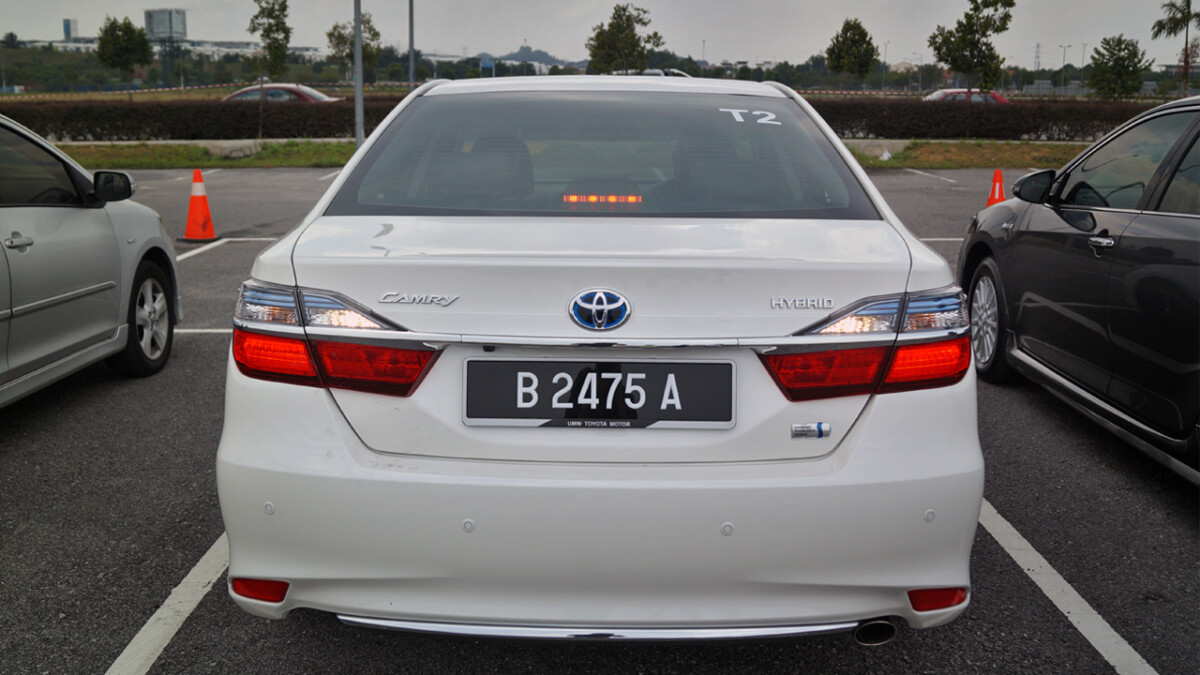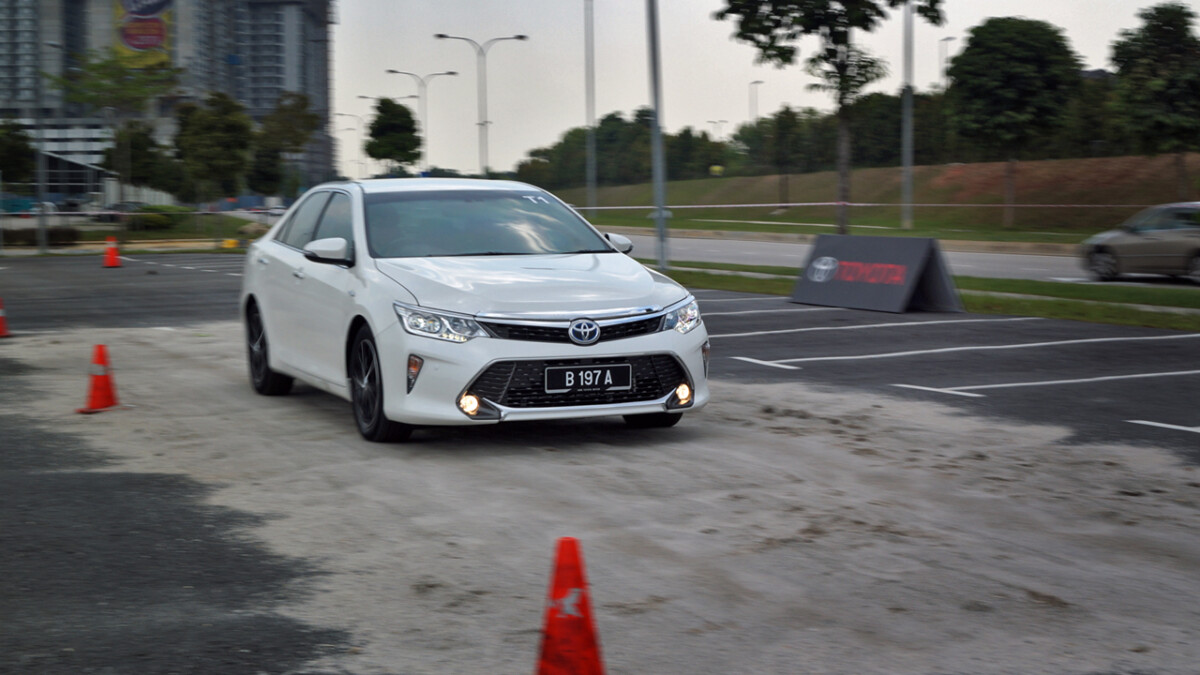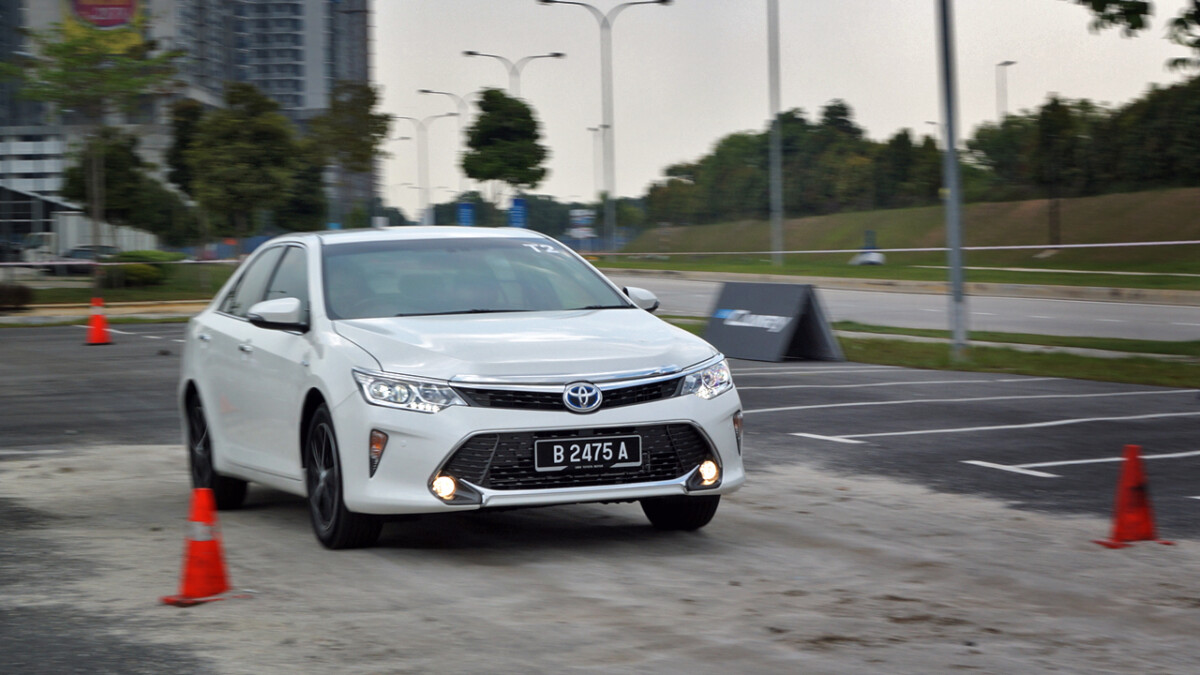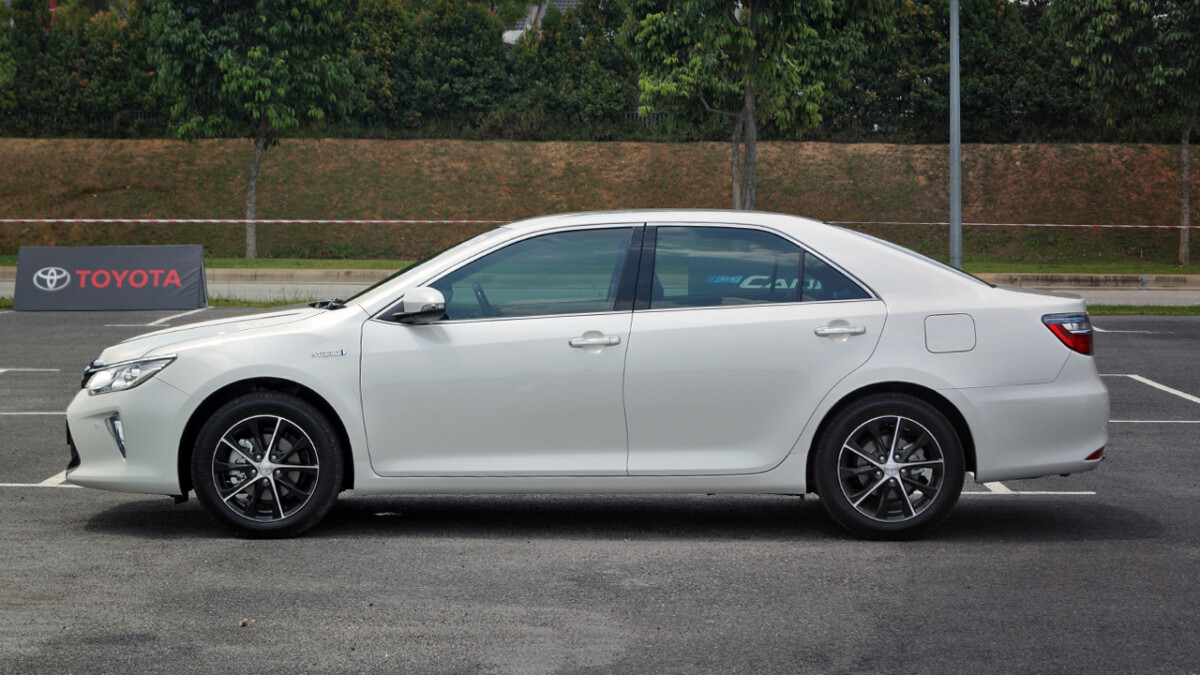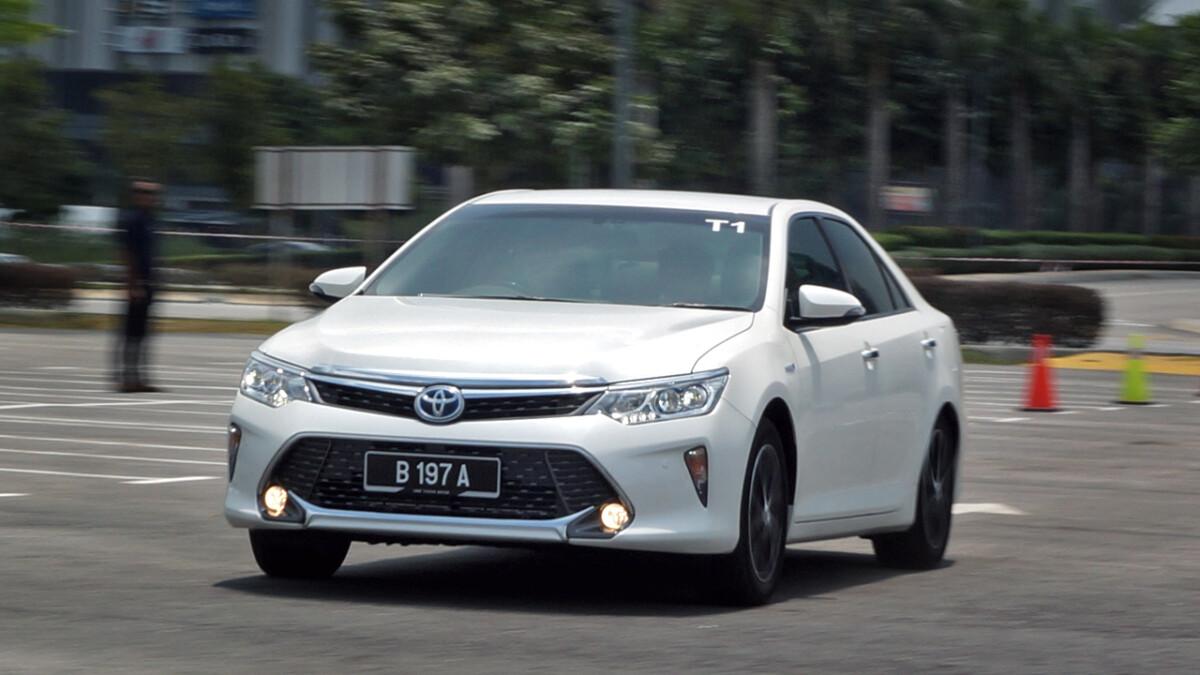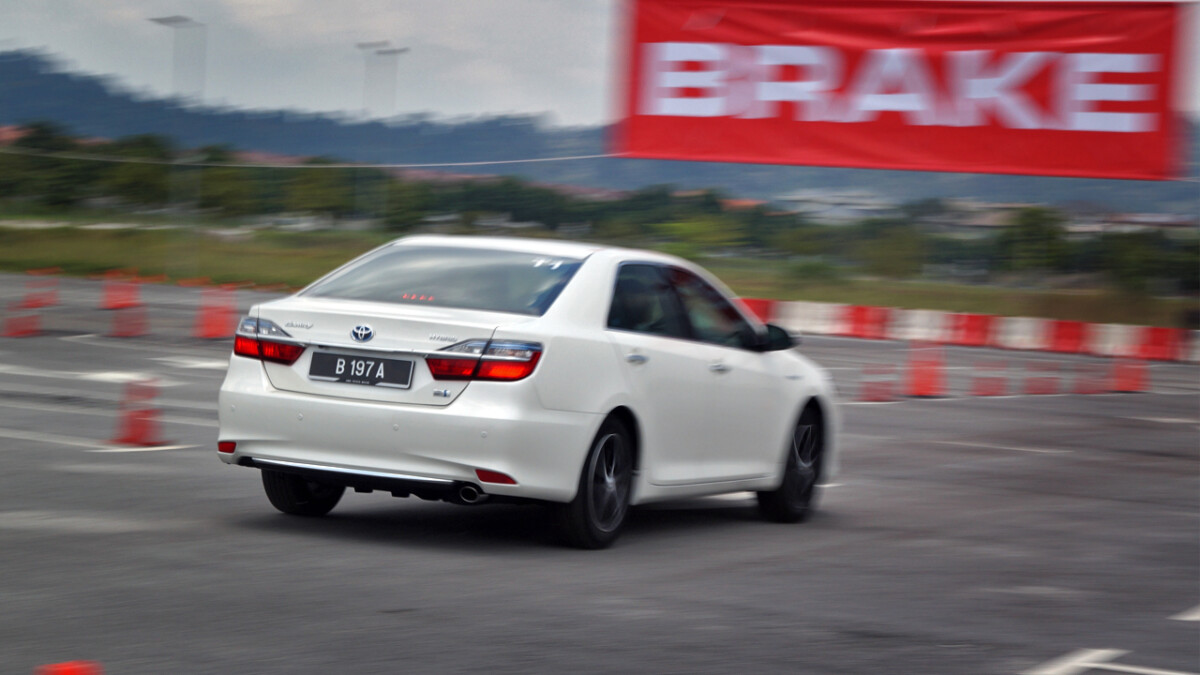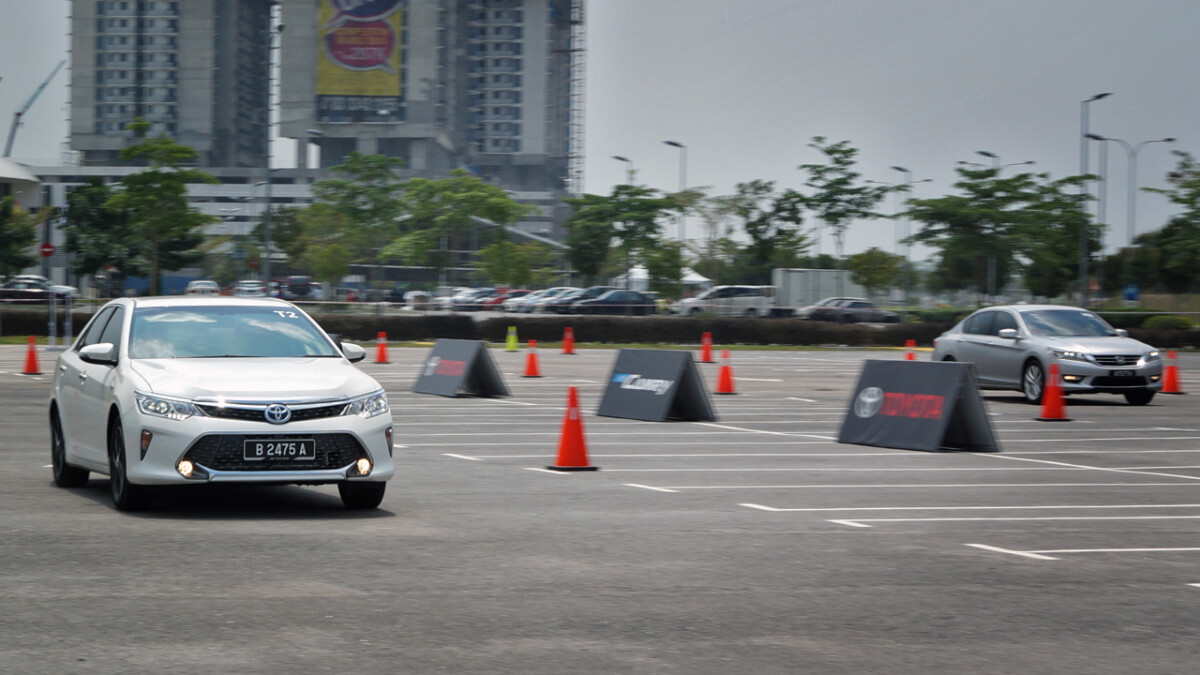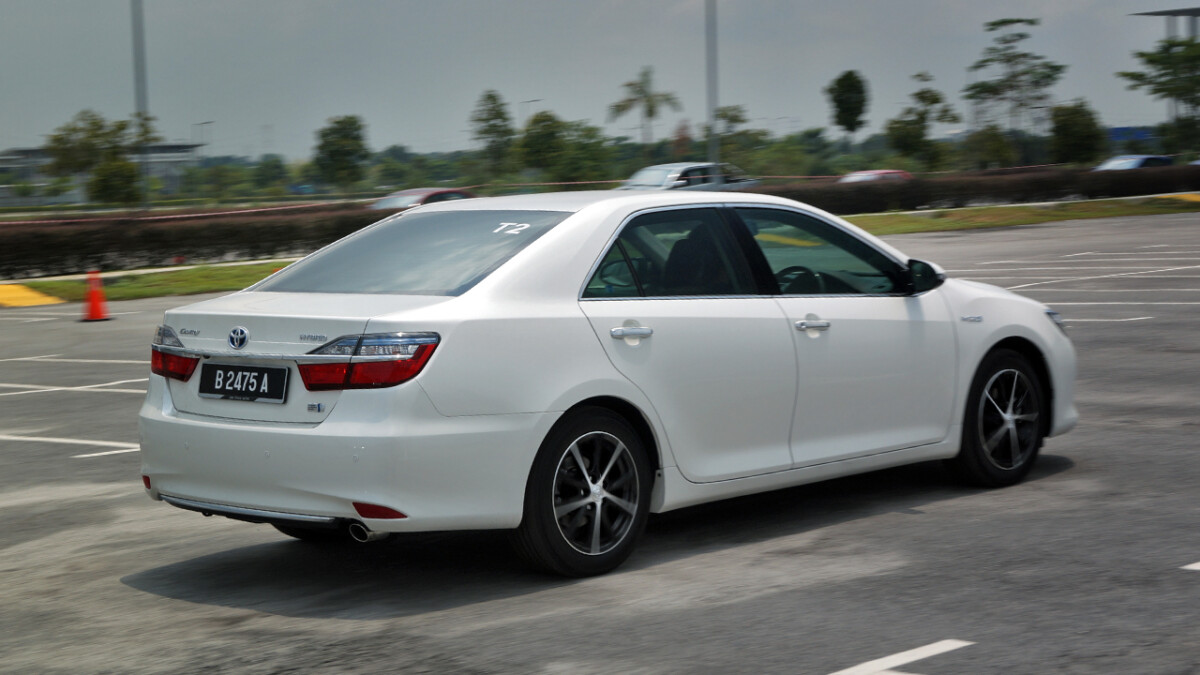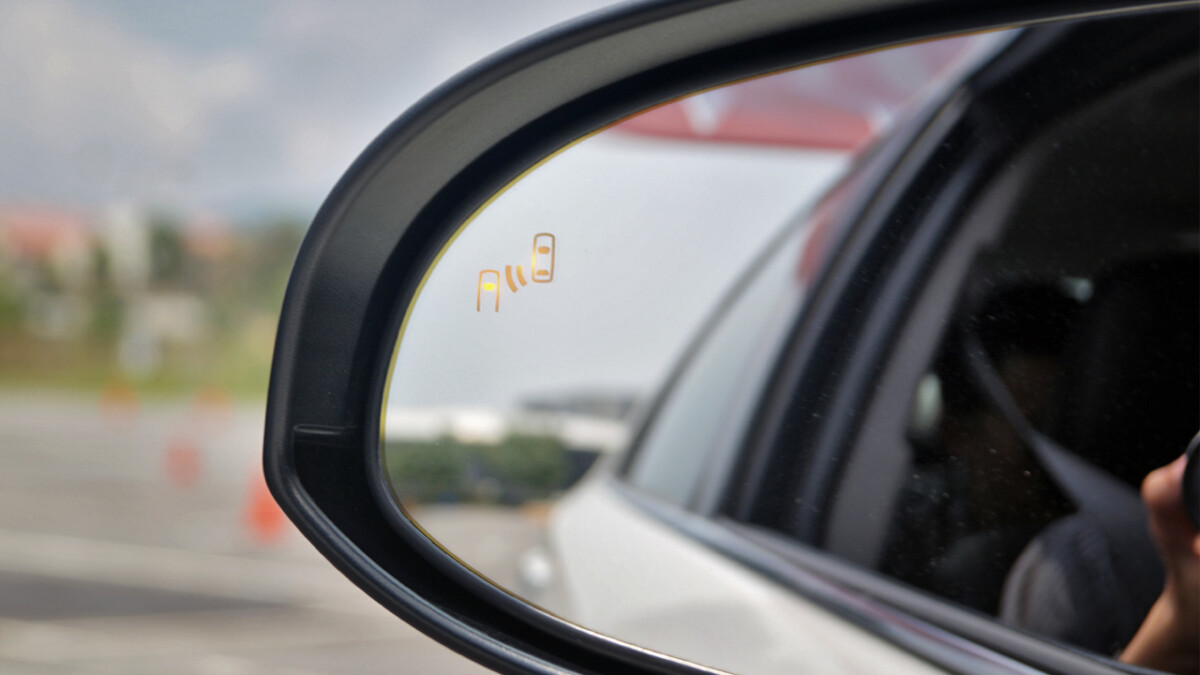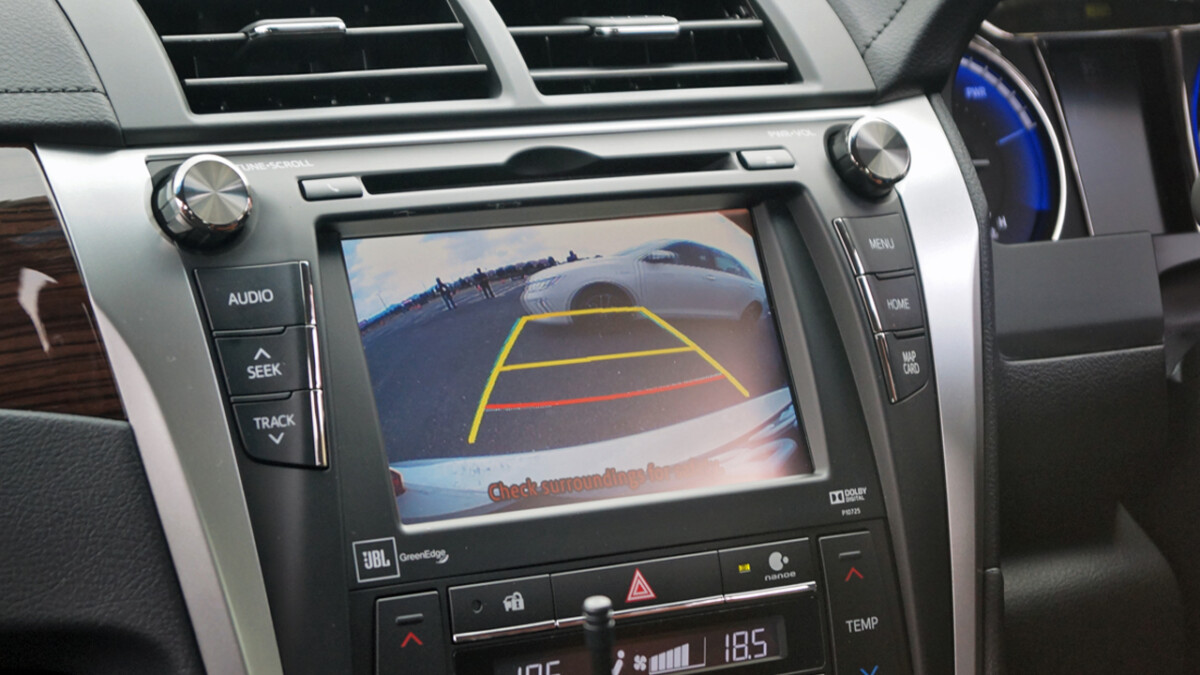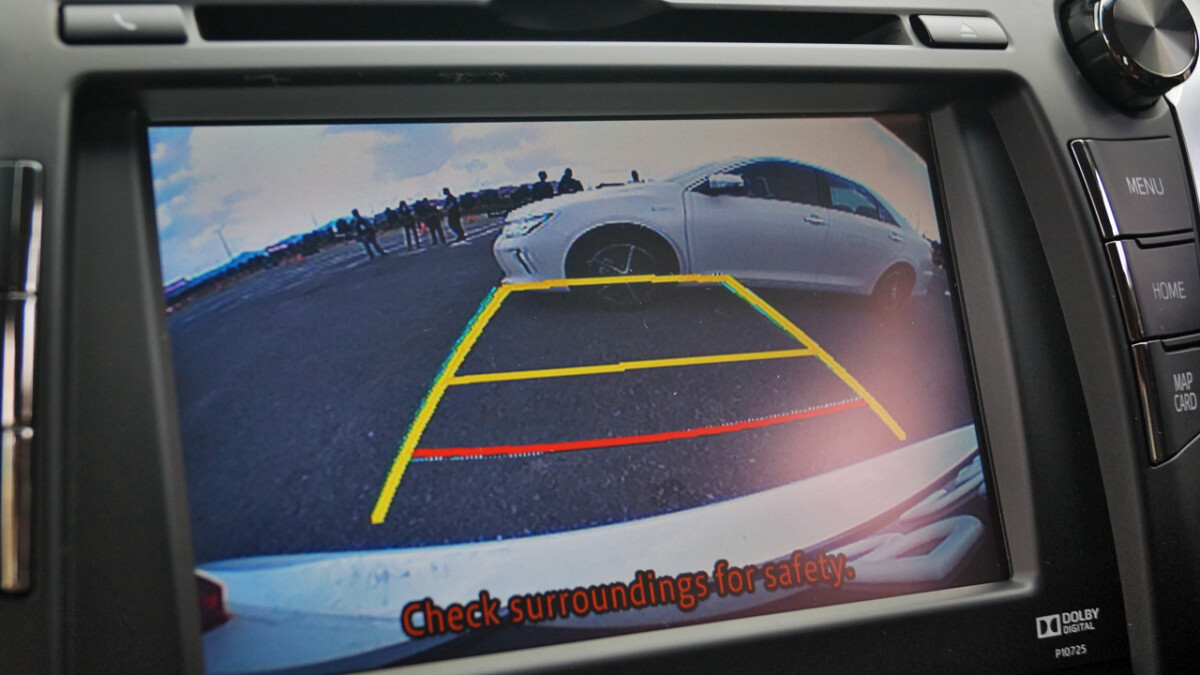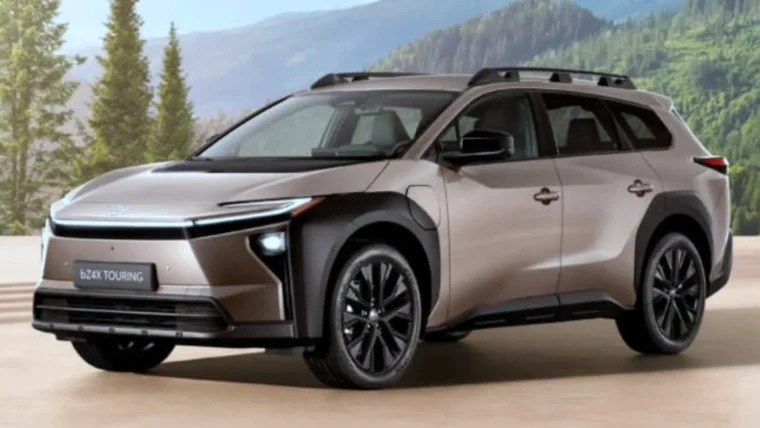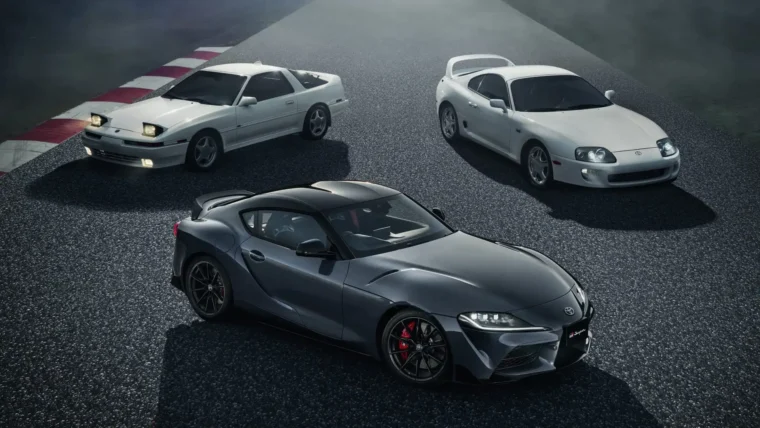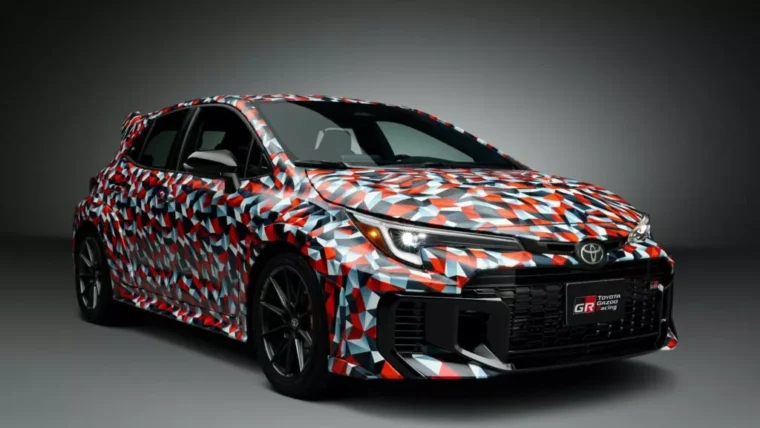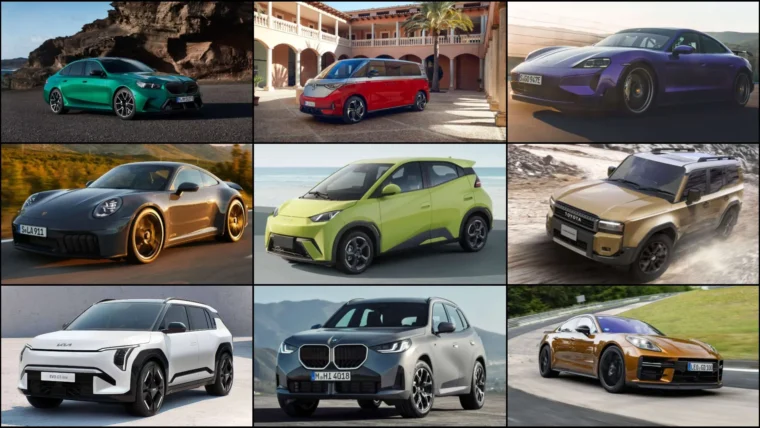UMW Toyota Motor has just begun CKD operations of the new Toyota Camry, which also includes the new Camry Hybrid. Just a few days before the official launch, Toyota invited us to have a go at both the new Camry and Camry Hybrid. Did we like it? Find out more below.
Toyota arranged for members of the media to test the new Camry against some of its arch rivals, namely the Nissan Teana and Honda Accord. They had 2 sections planned out, one was a highway drive along the Guthrie Highway, and the one was in a closed carpark in front of the Setia City Convention Centre. We hopped into the new Camry and got onto the highway.
Behind the wheel, the first thing that struck us was how much more refined the new Camry was compared to its predecessor. We deduced that a lot of it came from the fact that the new Camry has 2 extra cogs in its gearbox than its predecessor. Off the line, the new Camry has smoother gearshifts, with a very linear acceleration, while the predecessor struggled with more engine noise and a noticeably slower acceleration.
Even while cruising at our national speed limit, the engine never revved more than 3,000 rpm (pictured above was when the car’s throttle was wide open). Ride comfort has also been improved from its predecessor, thanks to the new suspension calibration. Wind noises are also well suppressed in the new Camry, which makes long distance driving more pleasant. The predecessor was not bad per se, but the new one just ups the bar up even higher.
The new VVT-iW engine (6AR-FSE for the anoraks) feels meatier than its predecessor, thanks to new WIDE intake camshaft timing. It is good for some 165 bhp at 6,500 rpm and 199 Nm of torque at 4,600 rpm. While the improvements may not sound like much on paper (146 hp & 190 Nm on the predecessor), it does set the predecessor and new Camry apart rather easily. Overtaking takes less effort, and the engine does not sound as raucous as before. Everything is done easily, and most importantly for the target market, smoothly.
For those that will be spending their time in the back seat, there is good news, as the new Camry records a maximum of just 74 decibels over harsh roads. Yes, we did measure the noise level in the new Camry. Even on those harsh roads, the Camry remains well composed with minimal fuss. A pretty impressive feat indeed.
We also had a go at the Camry Hybrid at the open air car park. The first test was an acceleration test against a 2.4-litre rival. Suffice to say, the whole 270 Nm of torque from the electric motor did a great job of keeping the new Camry Hybrid ahead of its competition. Furthermore, the Camry Hybrid benefits from an electronically-controlled CVT, instead of the 6-speed auto from the regular Camry variants, as a result, acceleration was silky smooth.
After the acceleration test, we were shown how the Blind Spot Monitor works, alongside with a live demonstration. A pair of motorcycles were riding beside the Camry Hybrid, right where the blind spot is. The BSM works by flashing a little orange icon on the side mirrors to alert the driver when he turns on his turn signal.
Next up, we had a demonstration of the Camry Hybrid’s new Rear Cross Traffic Alert (RCTA) system. The system works in conjunction with the Blind Spot Monitor (BSM), reverse camera and sensors to alert the driver of passing vehicles crossing at the rear.
Lastly was the NVH test. Again, Toyota lined up the Camry Hybrid against one of its main rivals, and across the rough terrains, the Camry Hybrid came out on top. The Camry Hybrid had better NVH levels, and as mentioned earlier, we recorded just 75 dB when going through the rough surfaces.
The new Toyota Camry, alongside with the new Camry Hybrid, will be officially launched very very soon, so stay tuned for the latest news!
Enjoy our photo gallery below.
Other posts by AF Newsdesk

